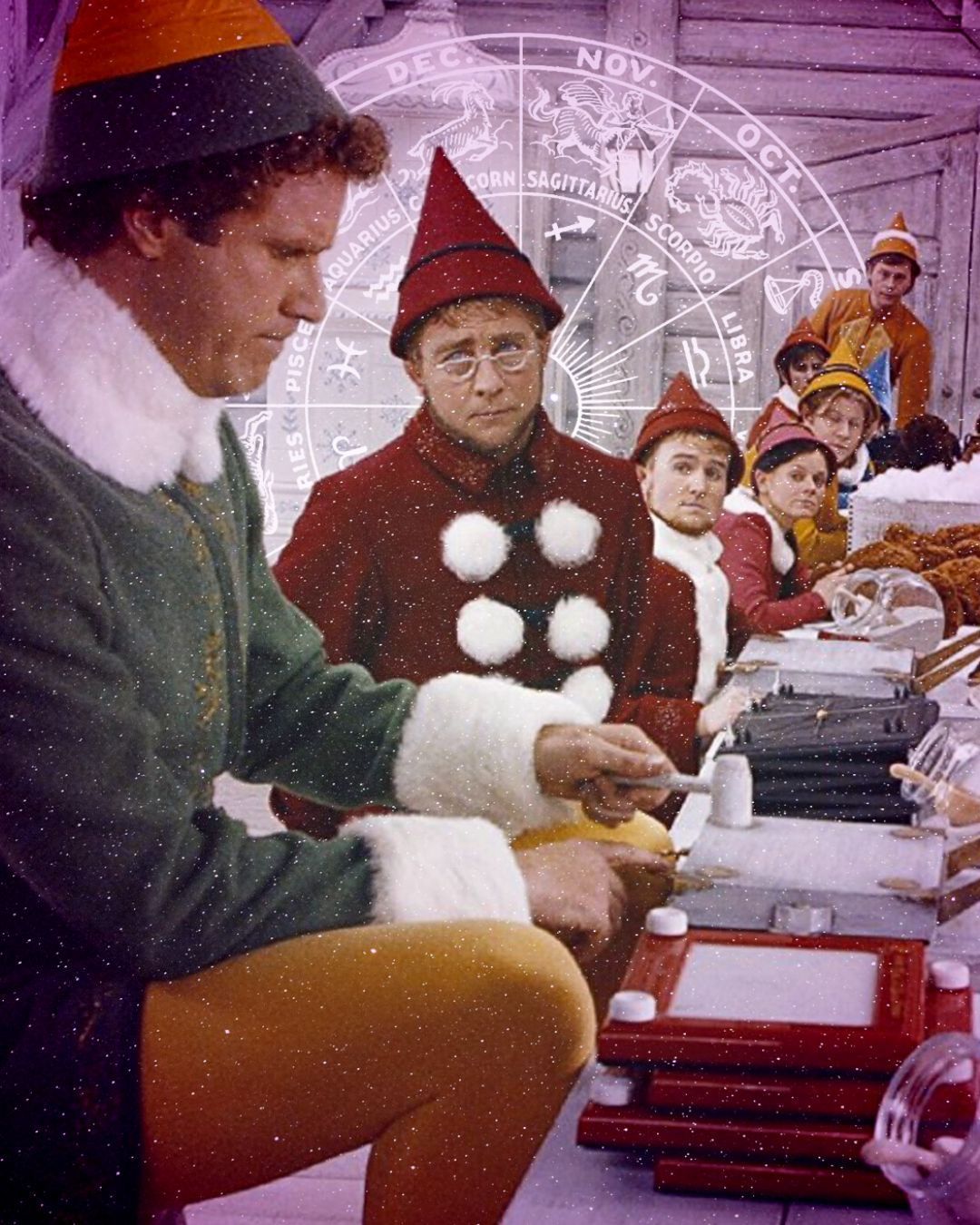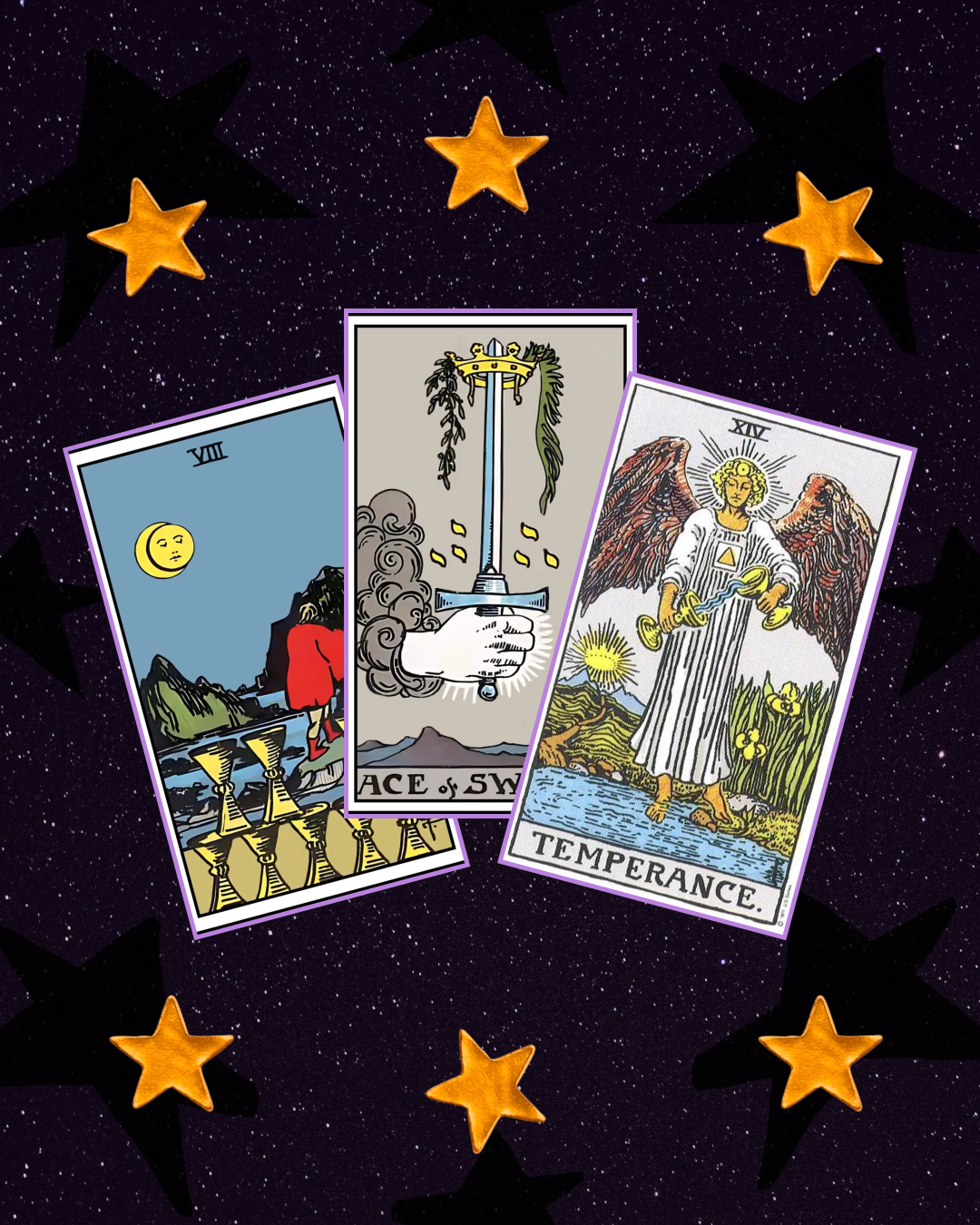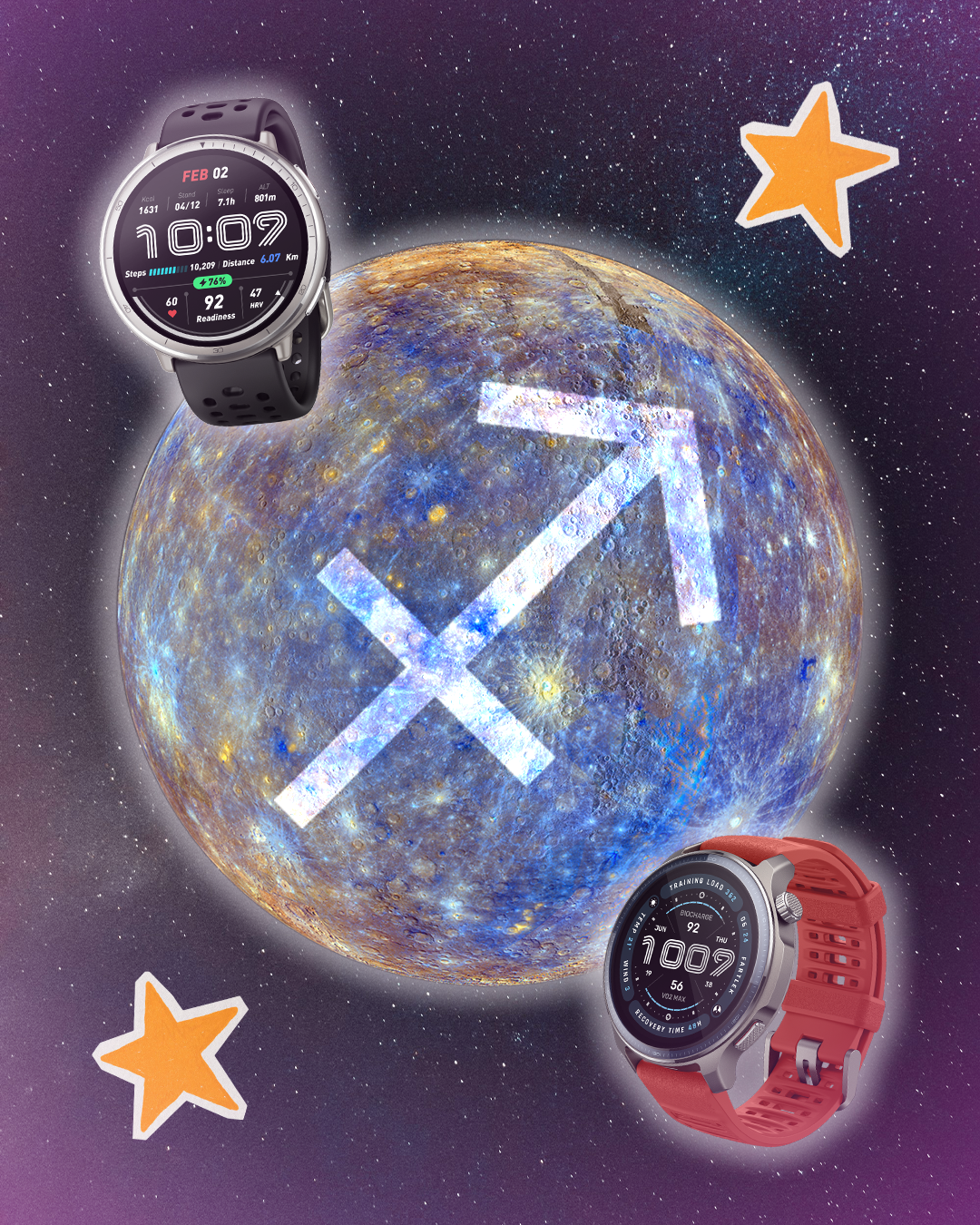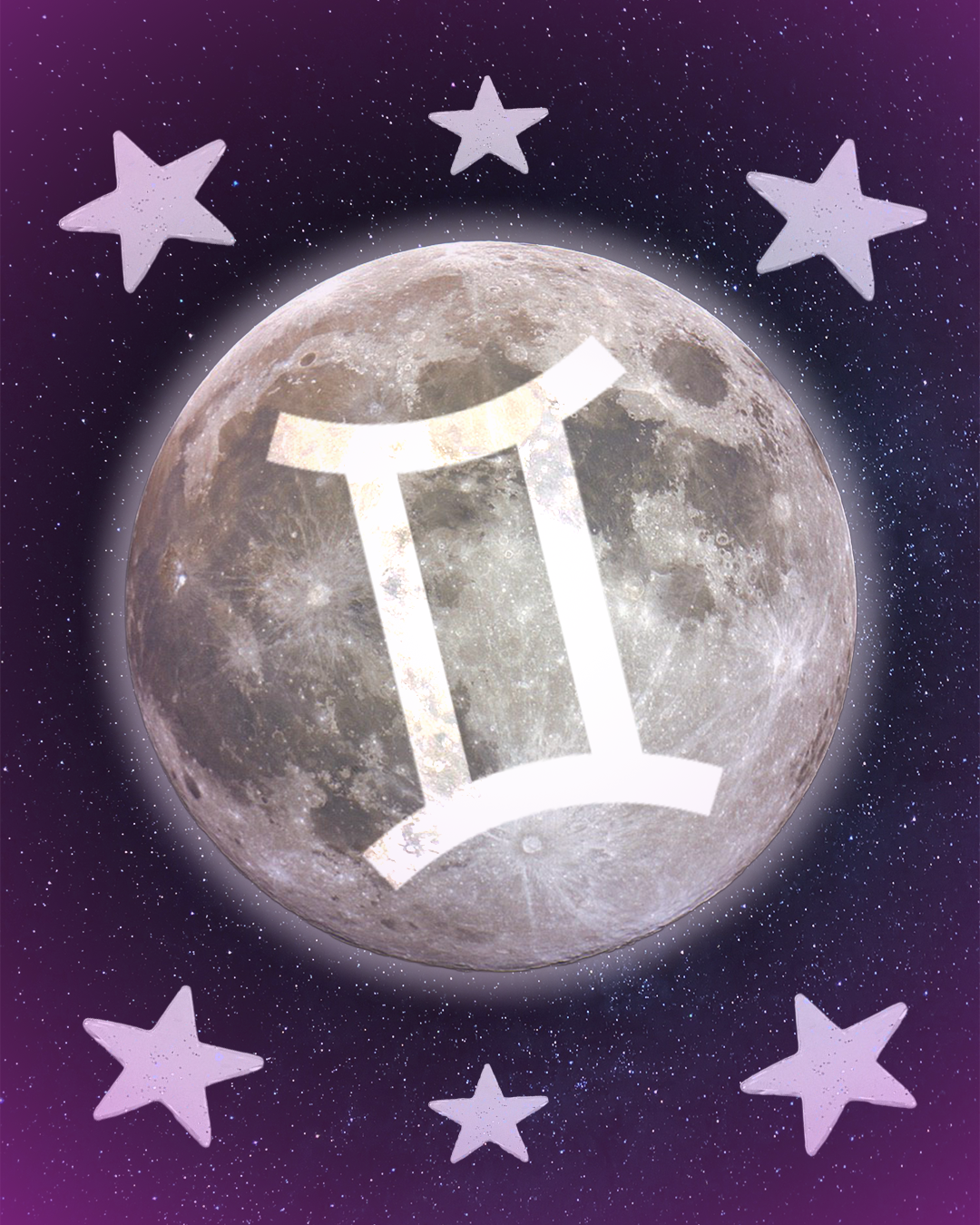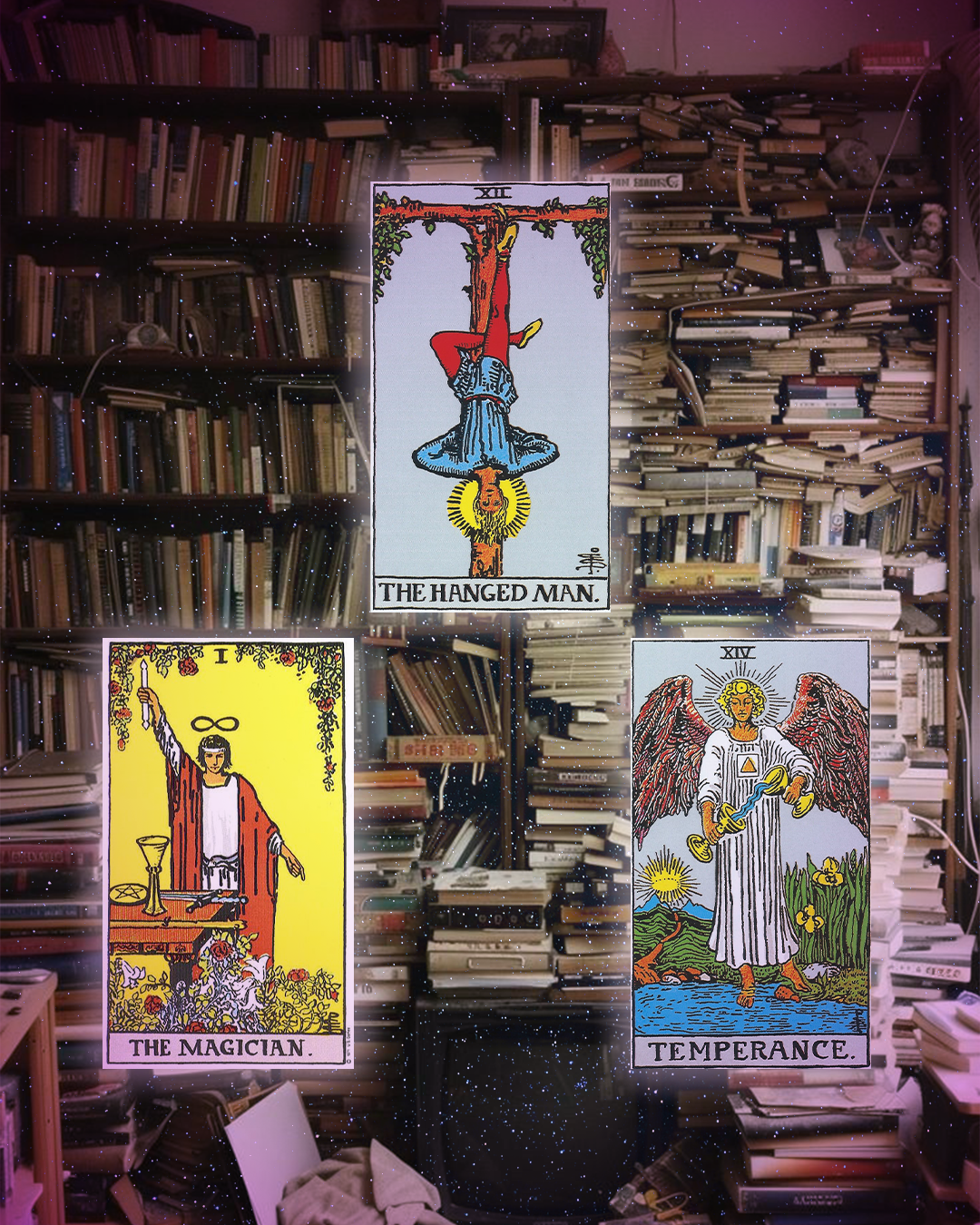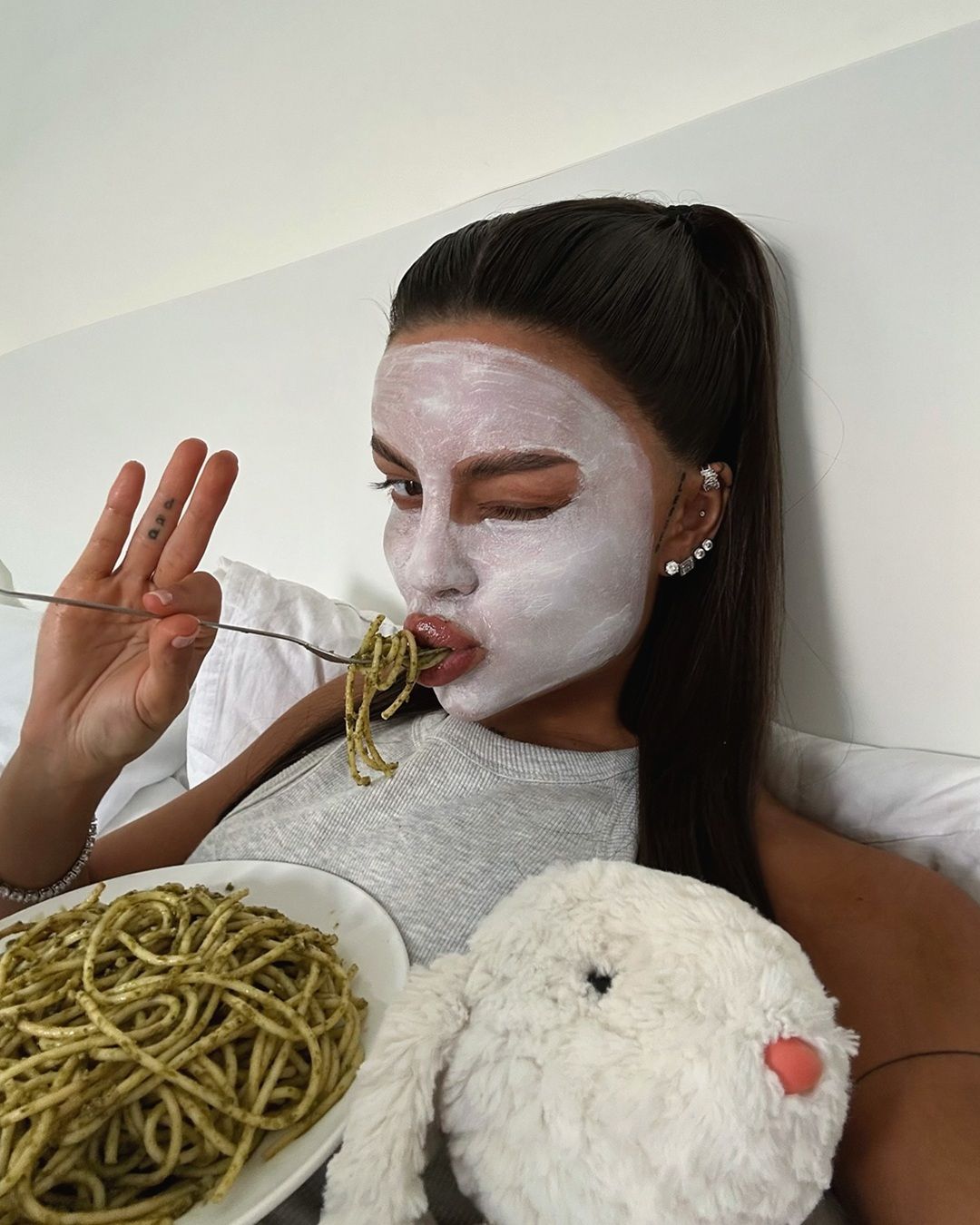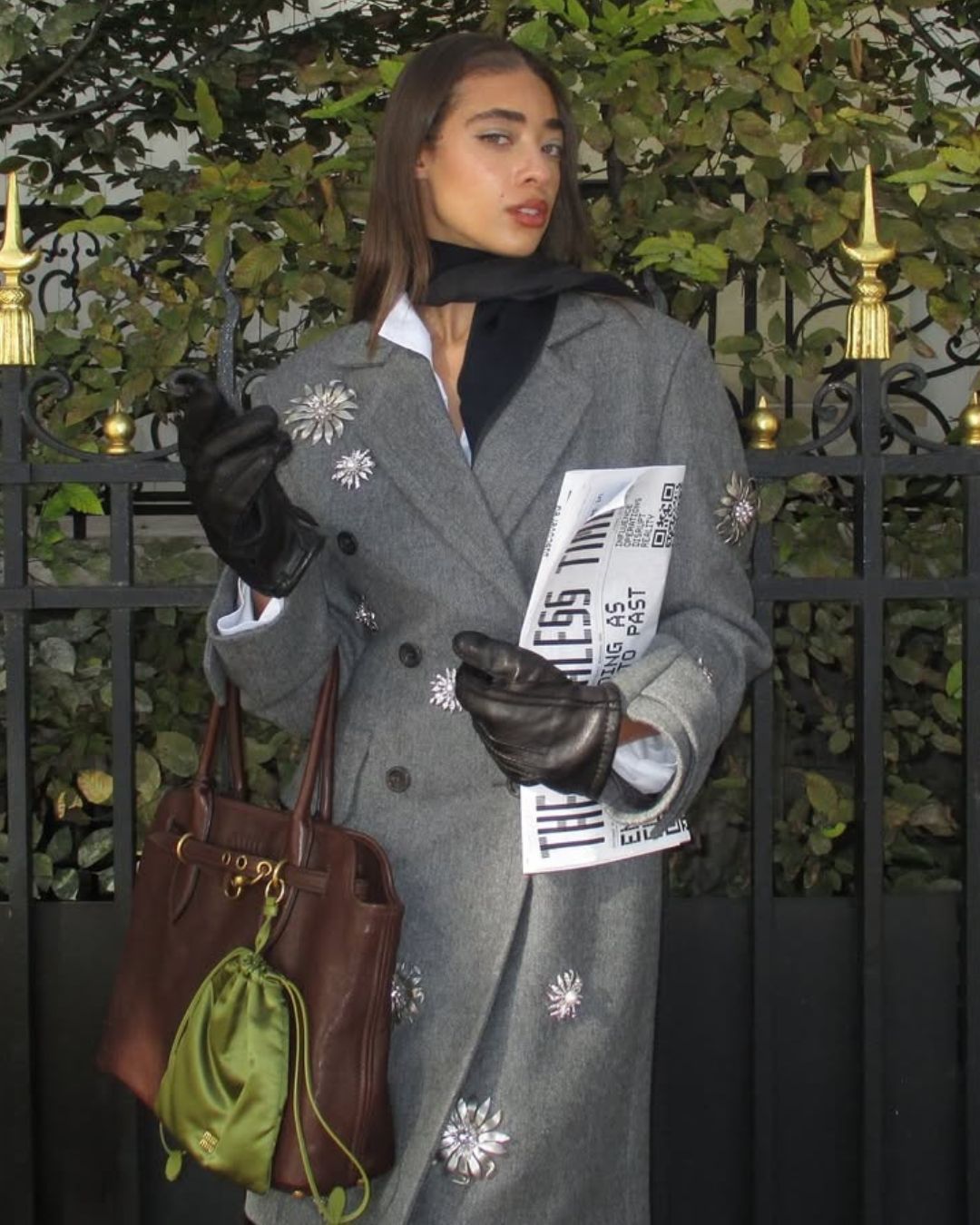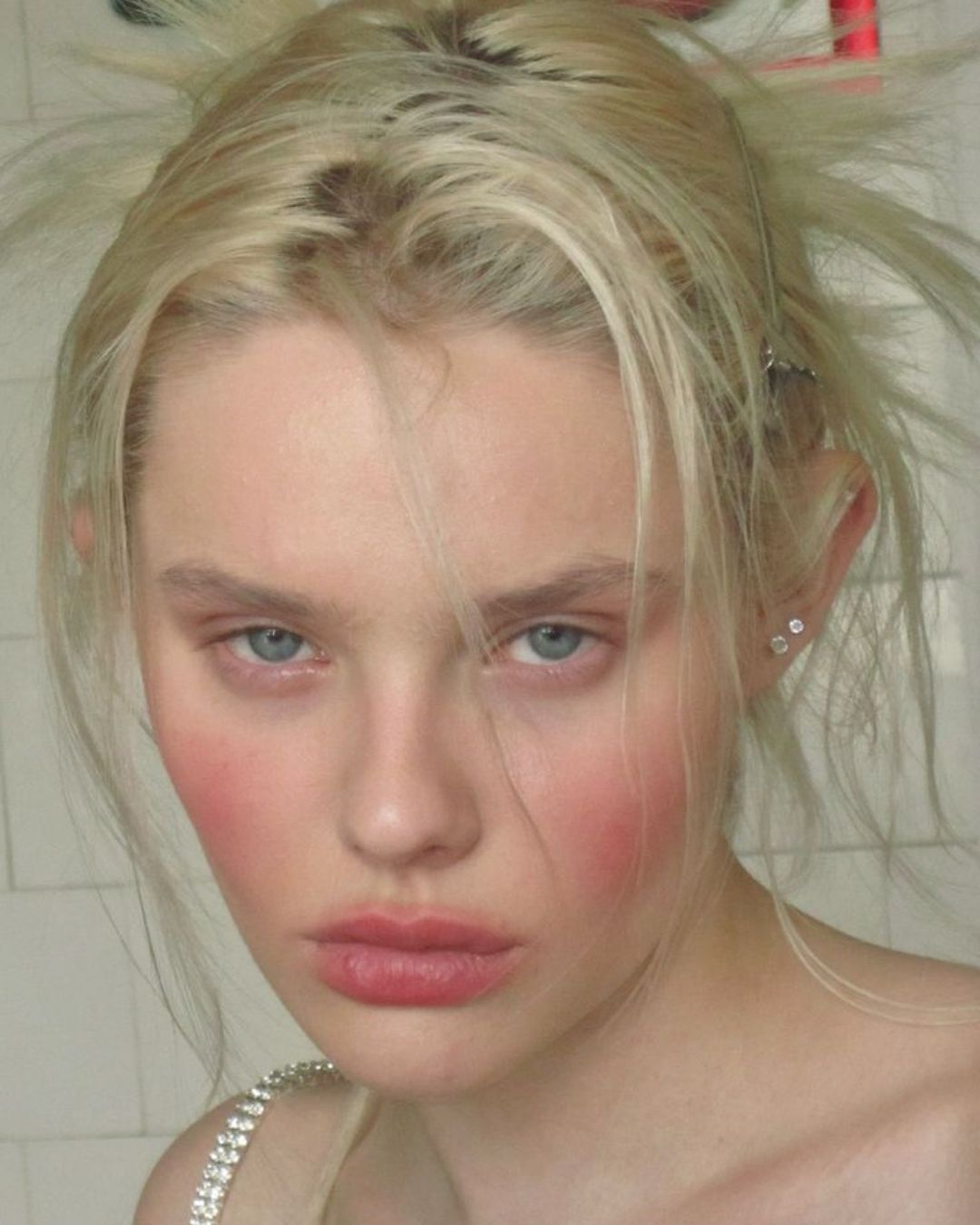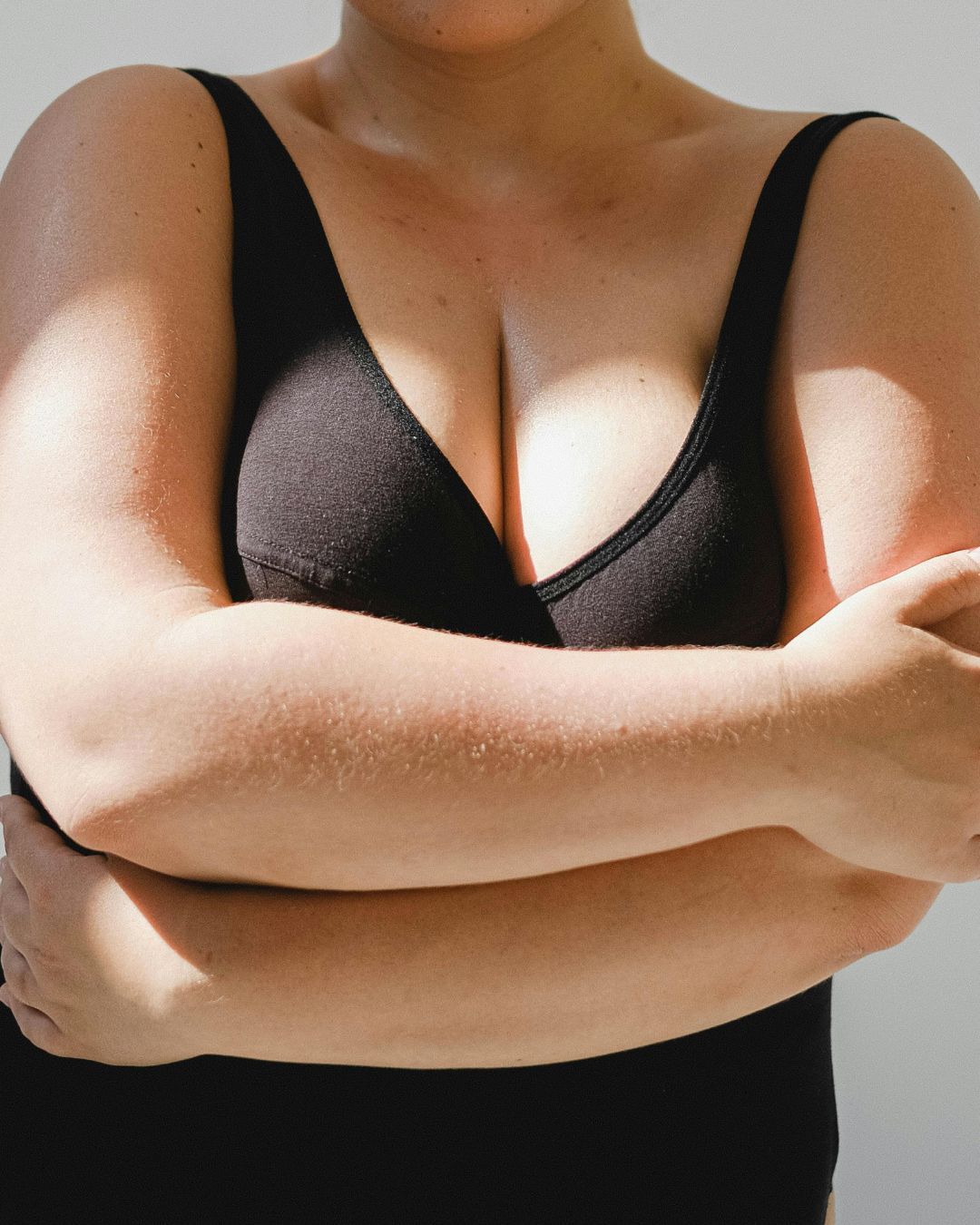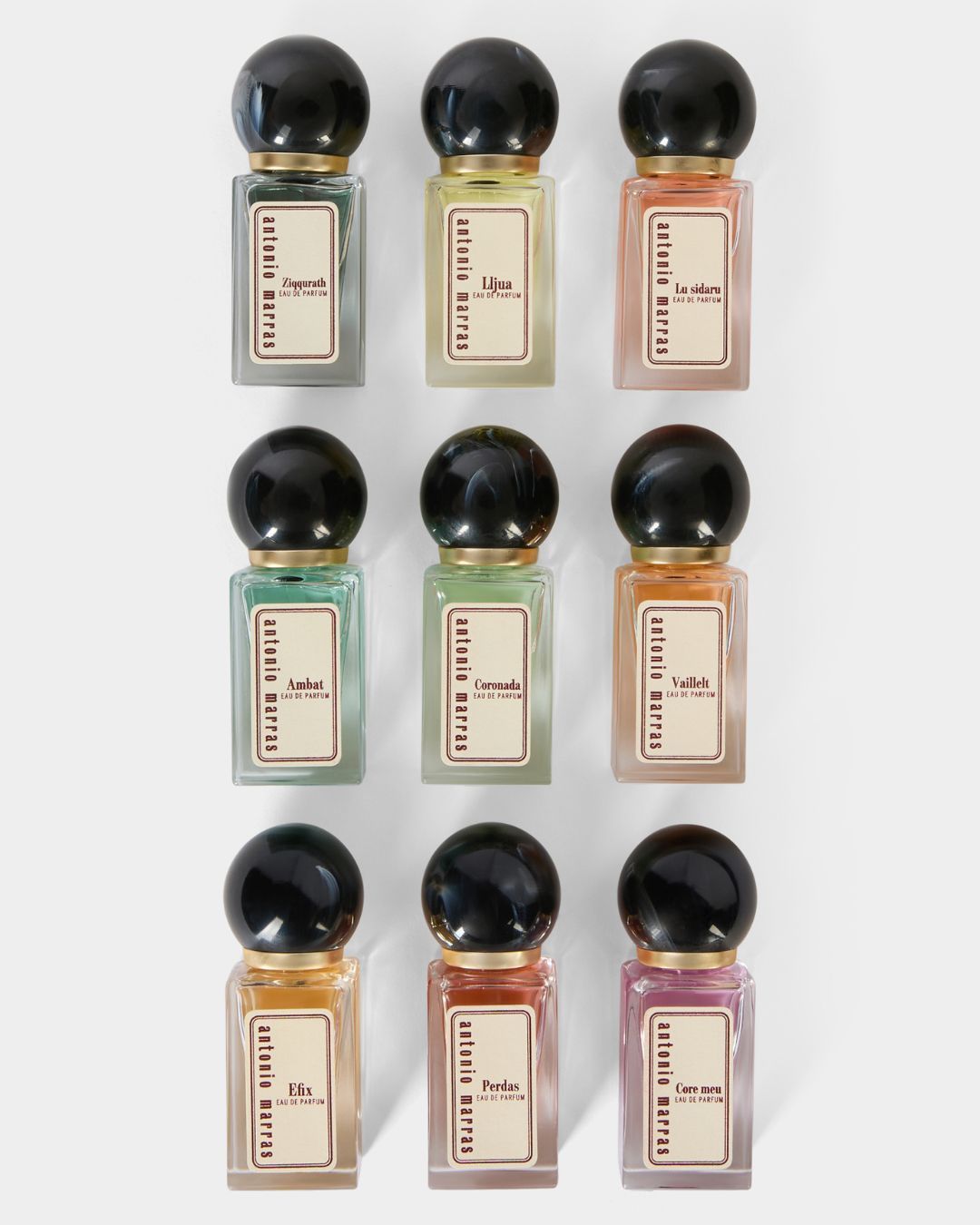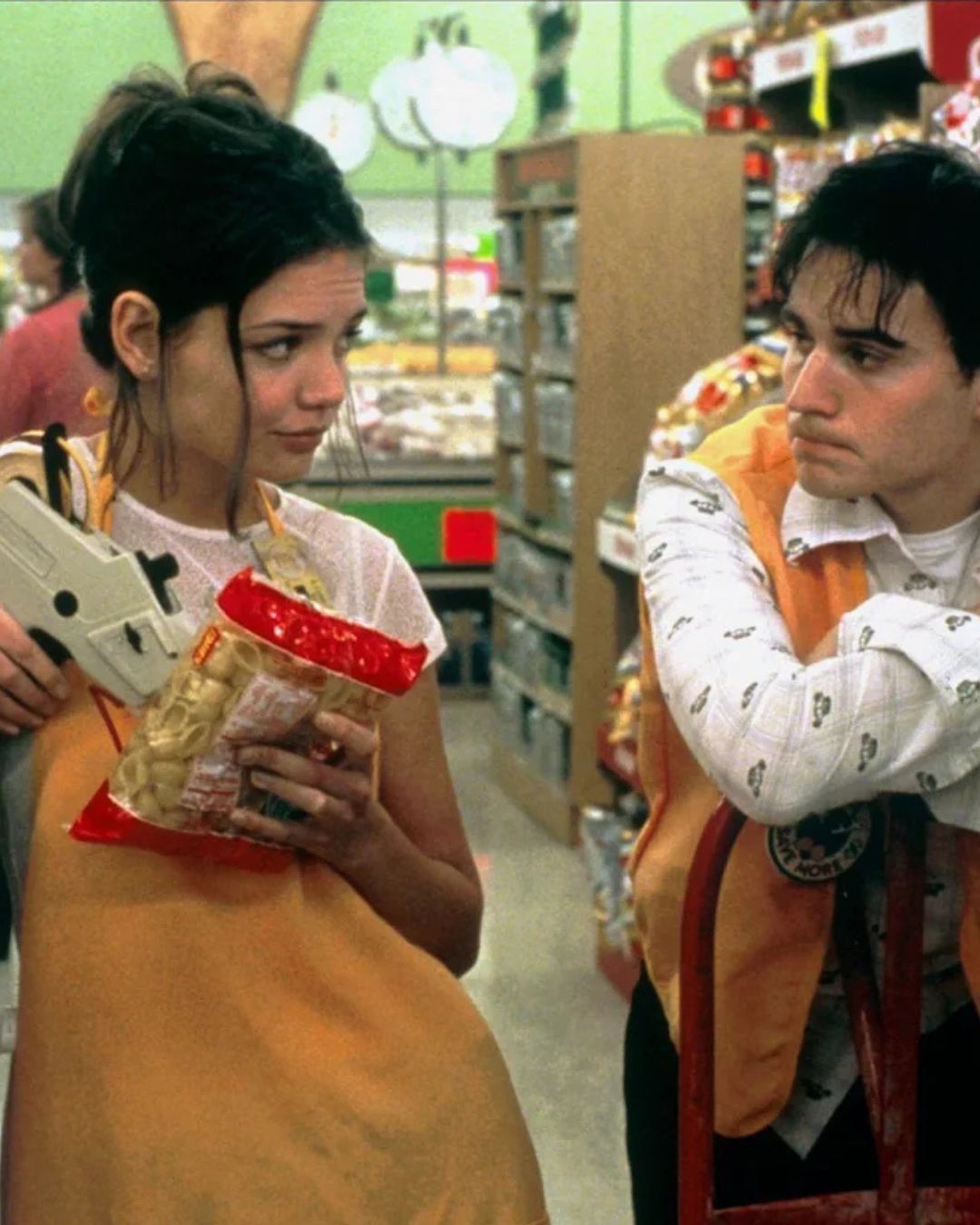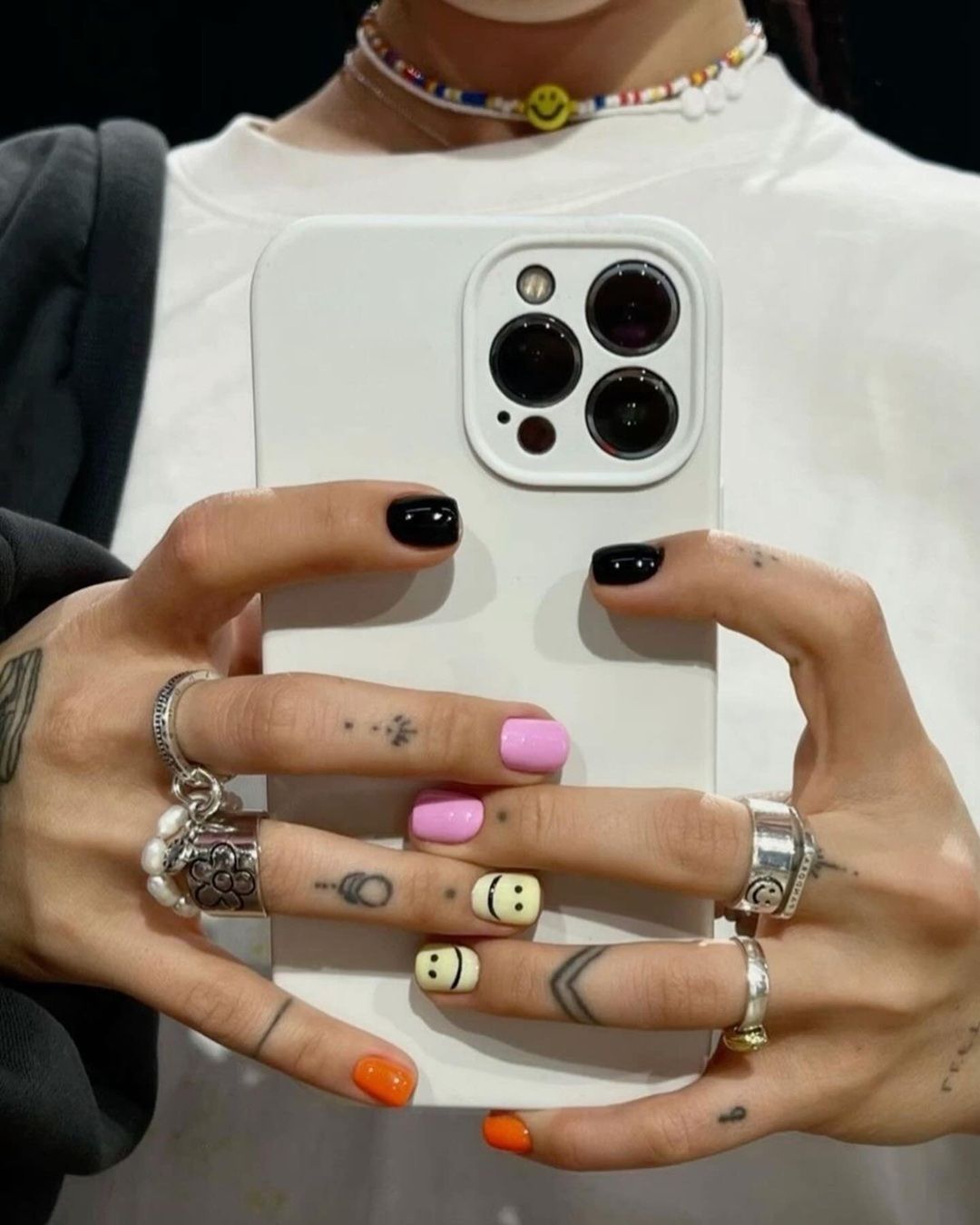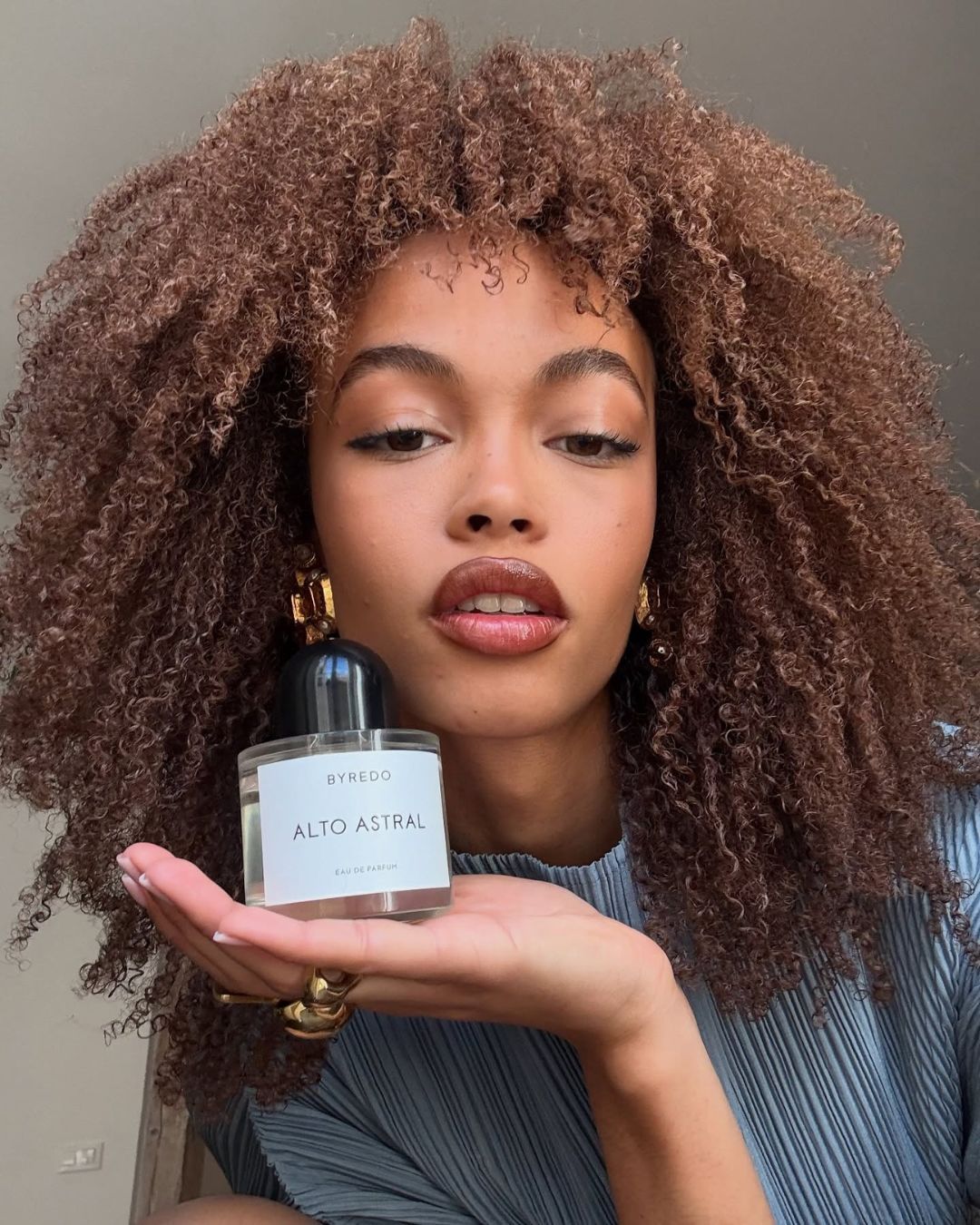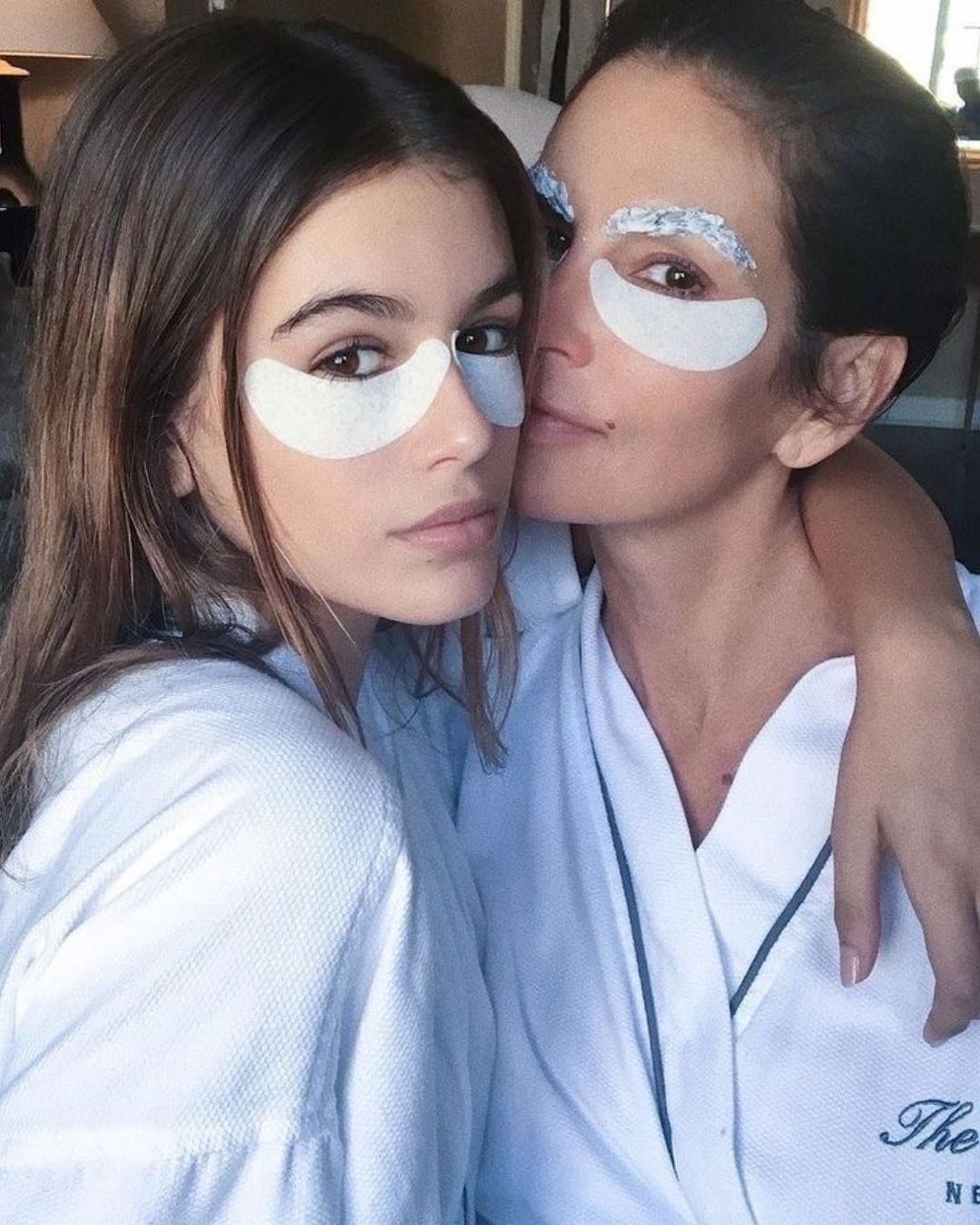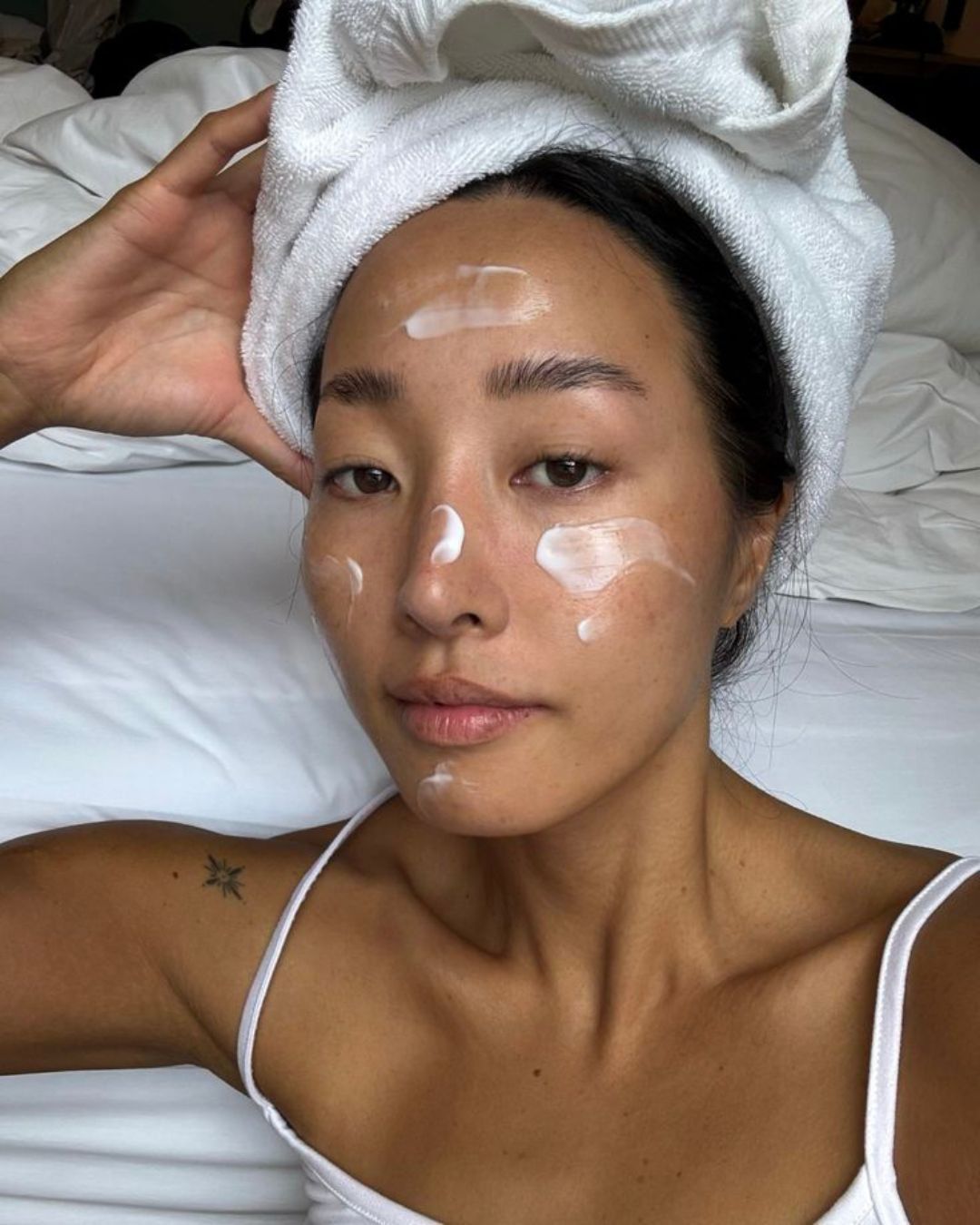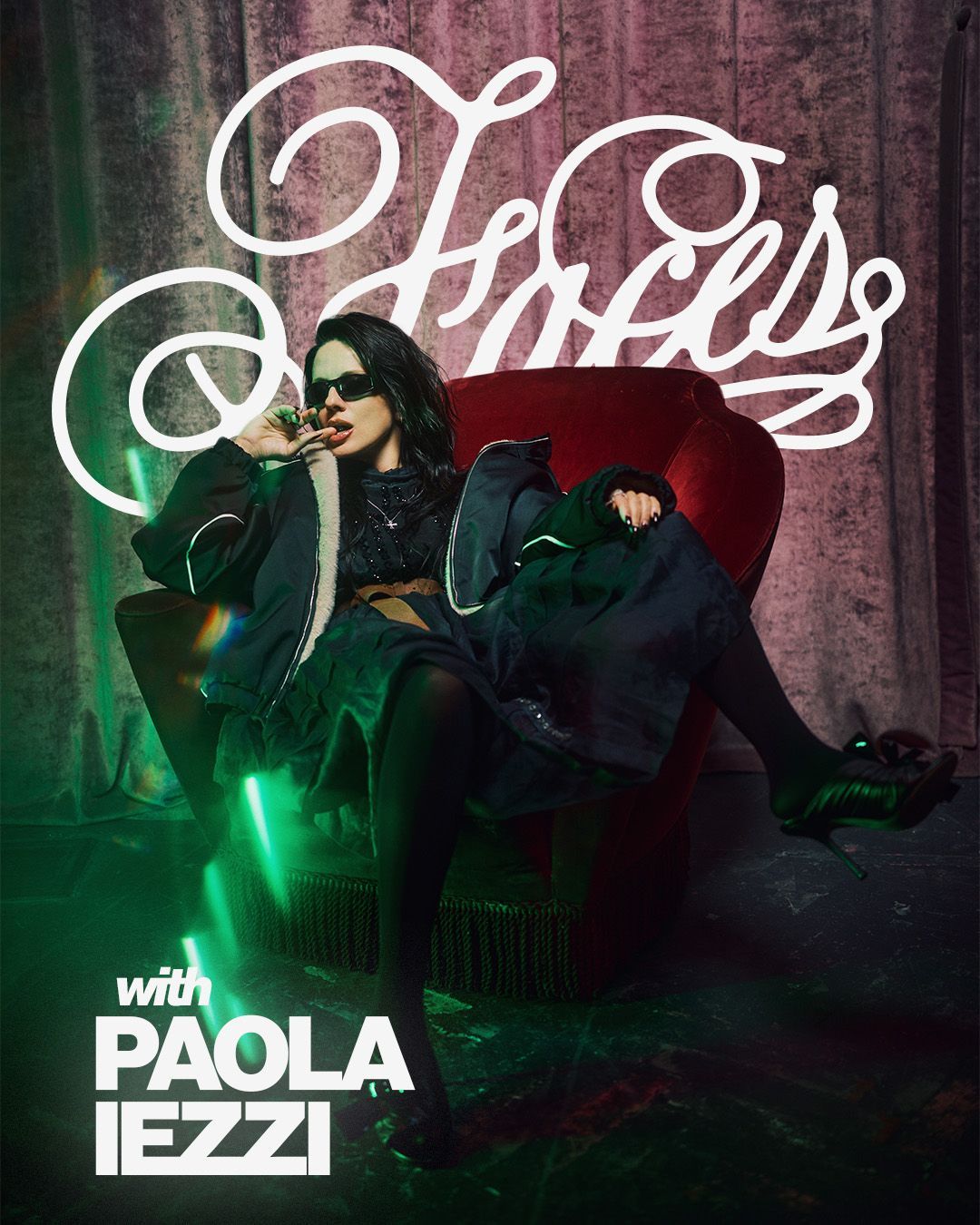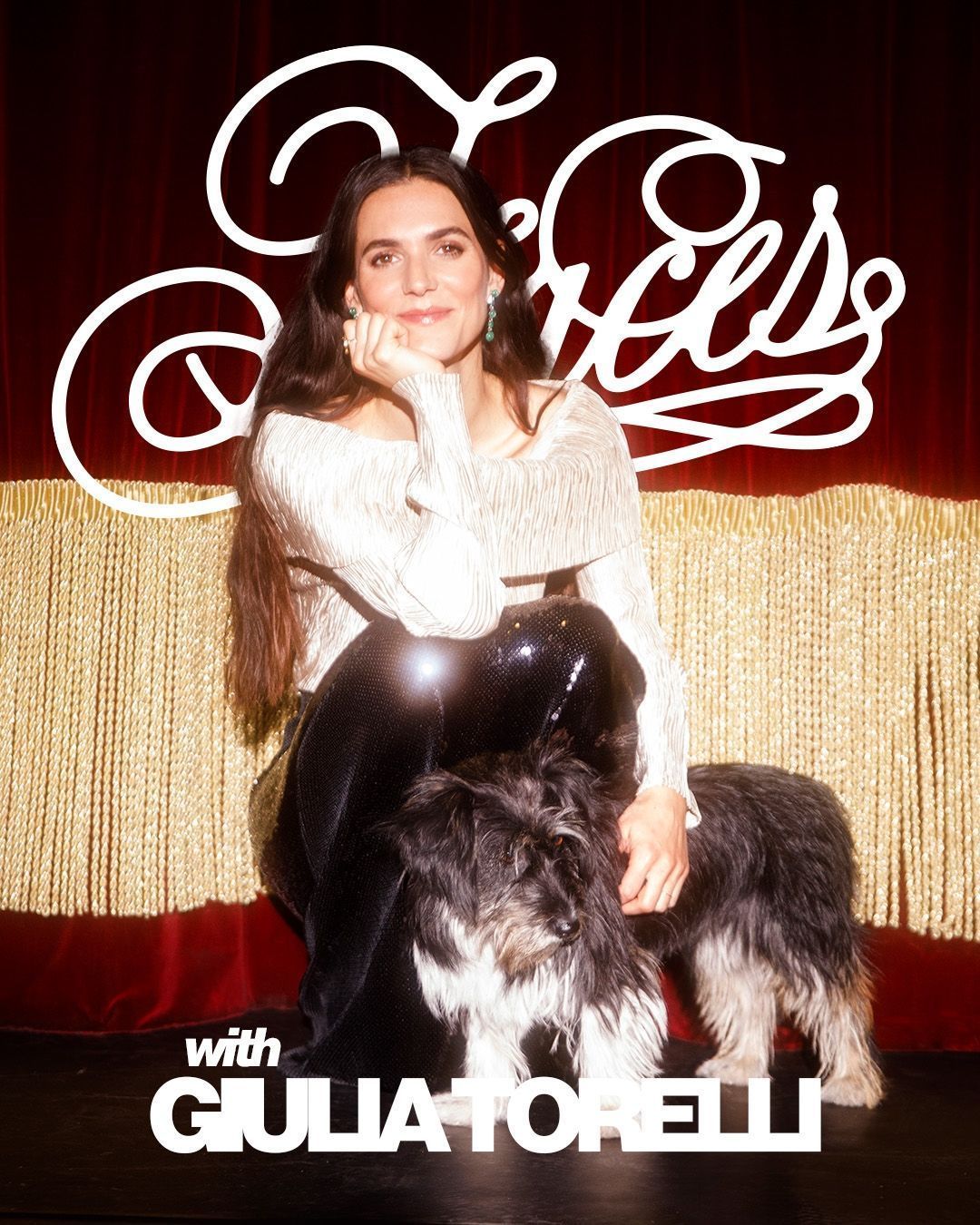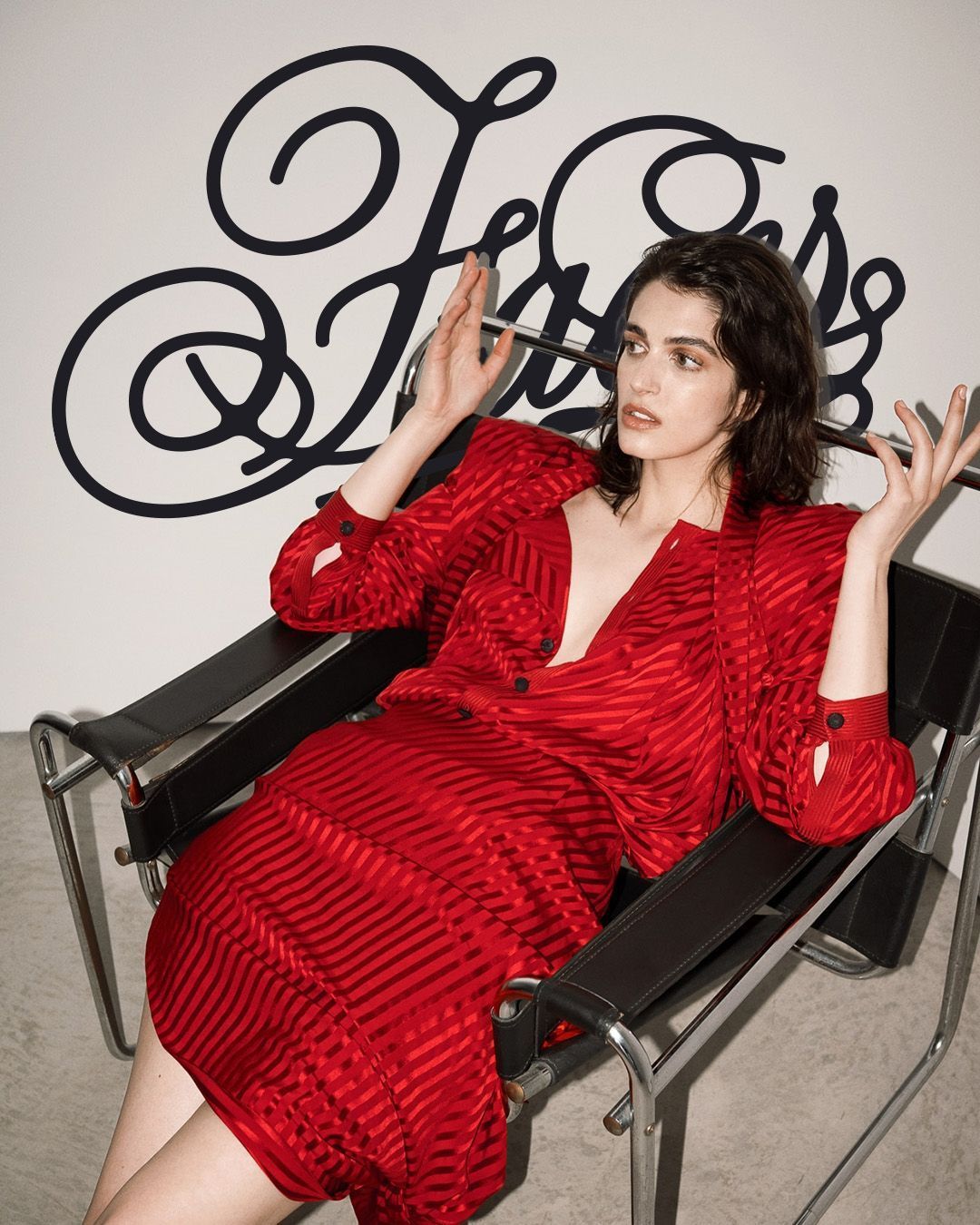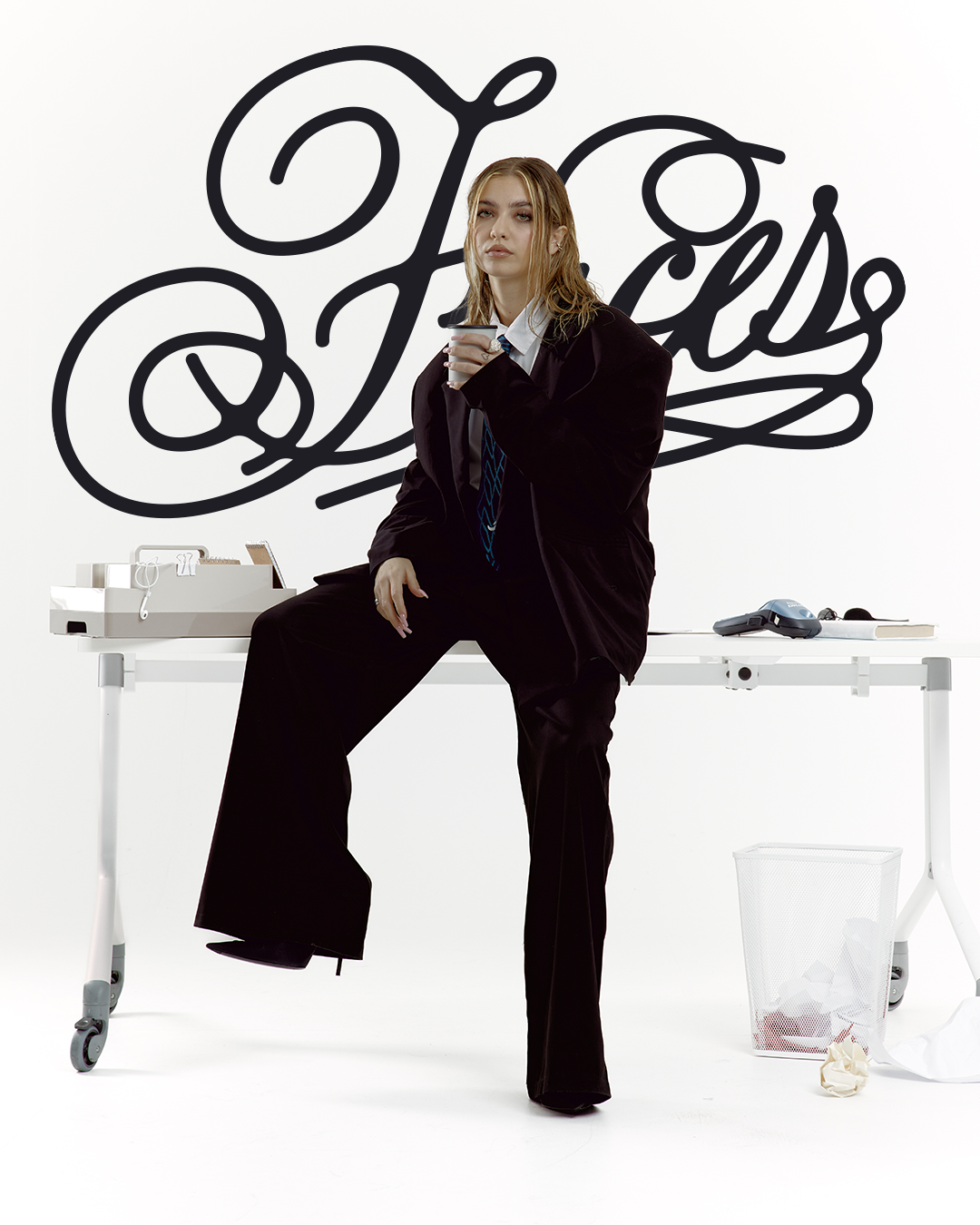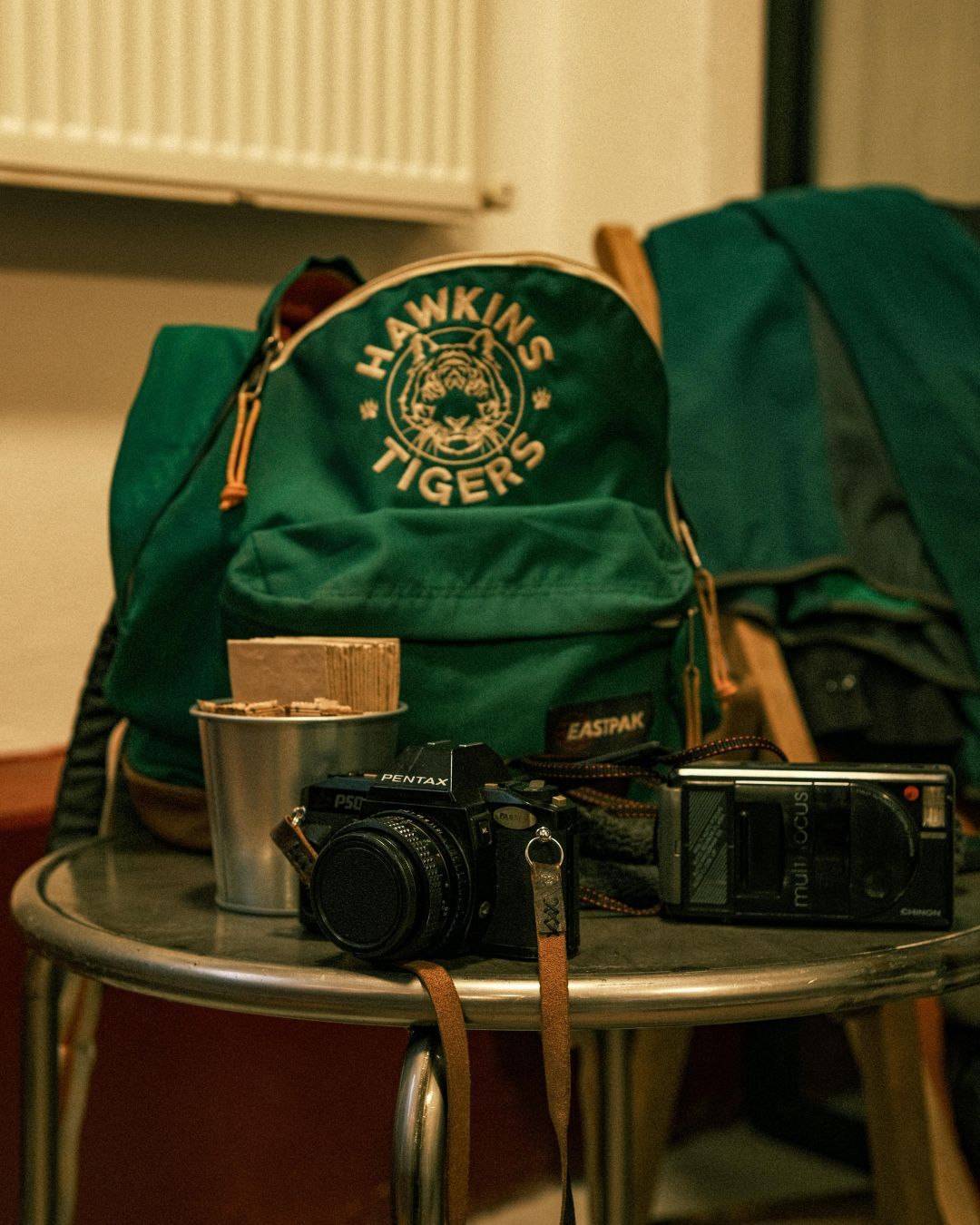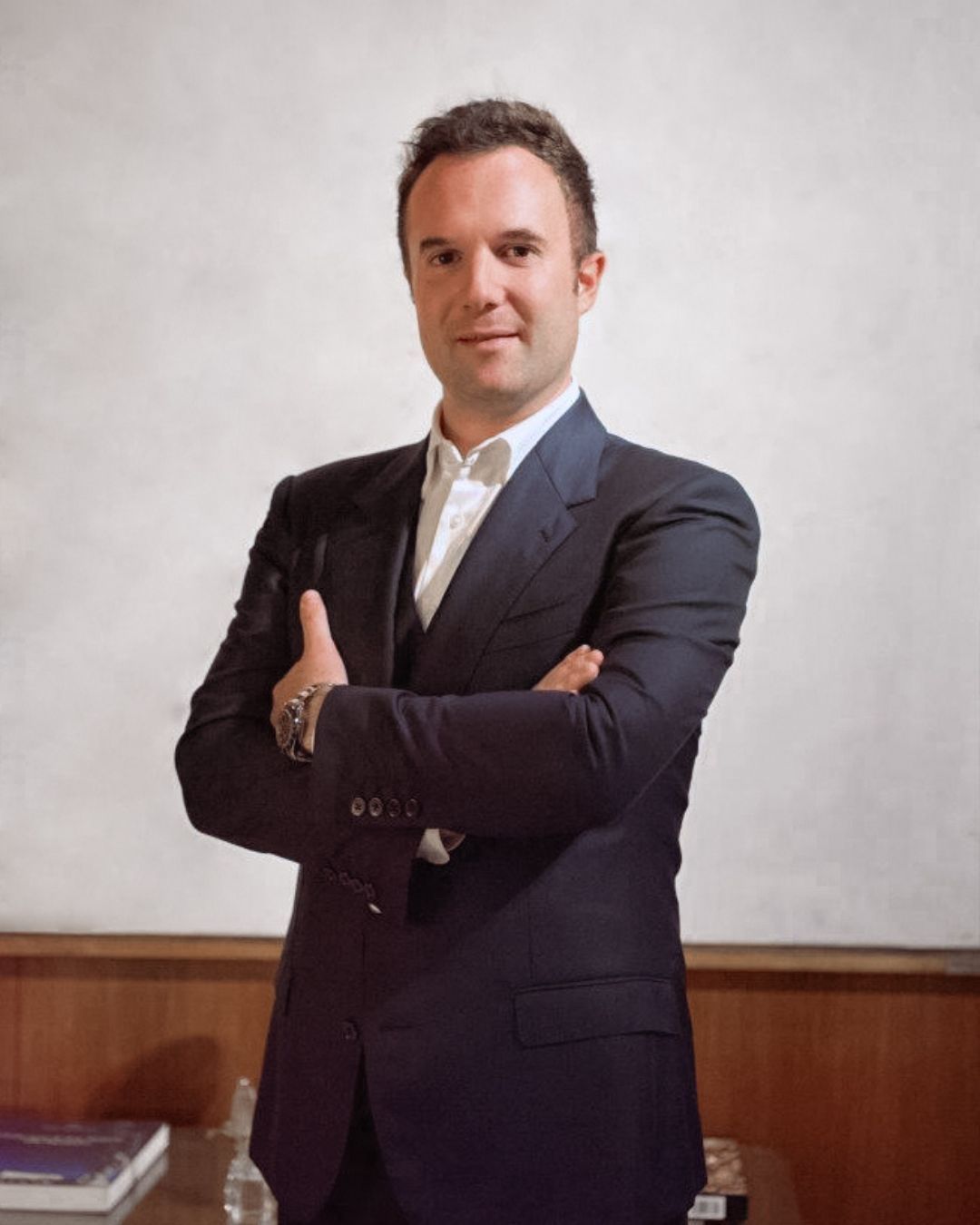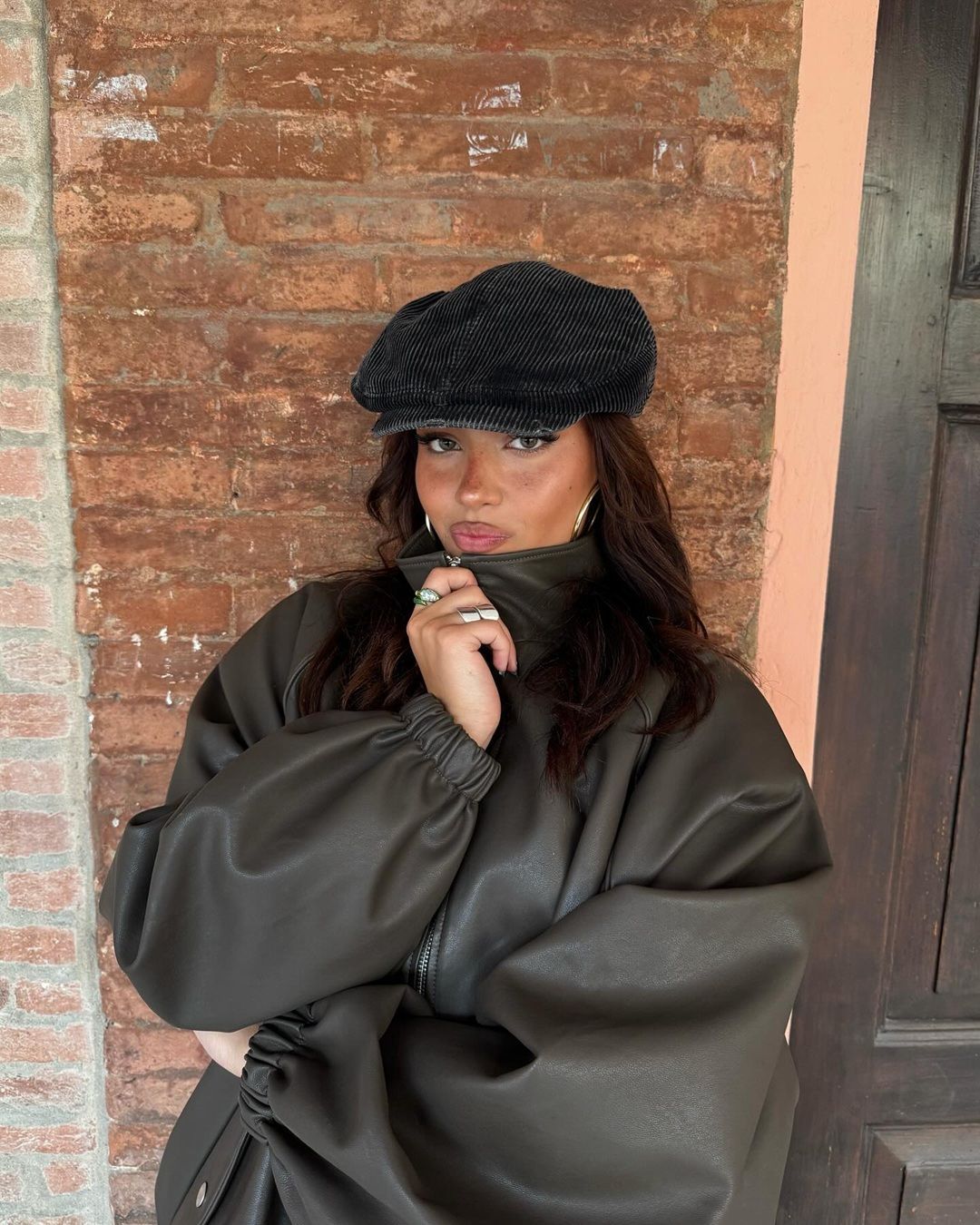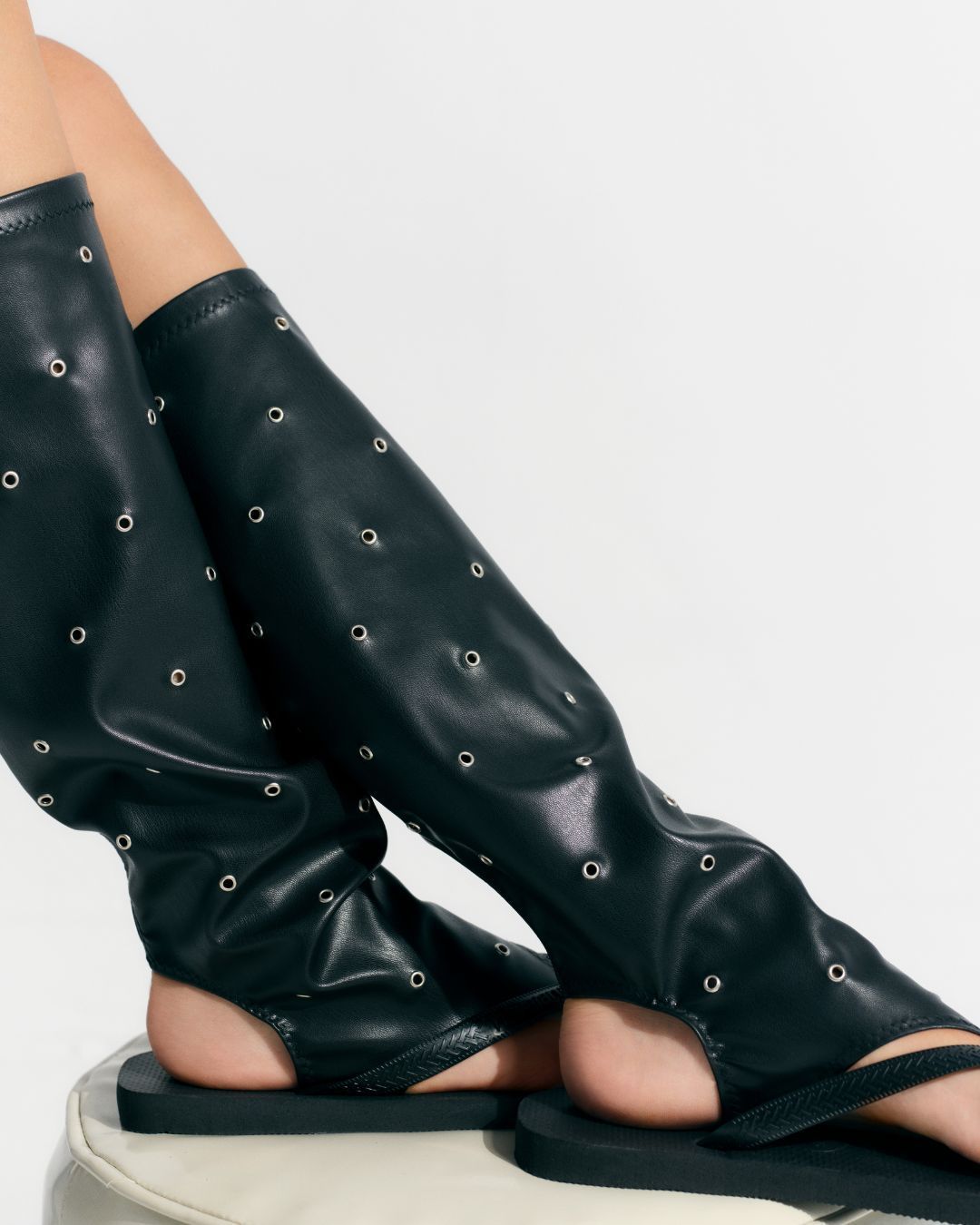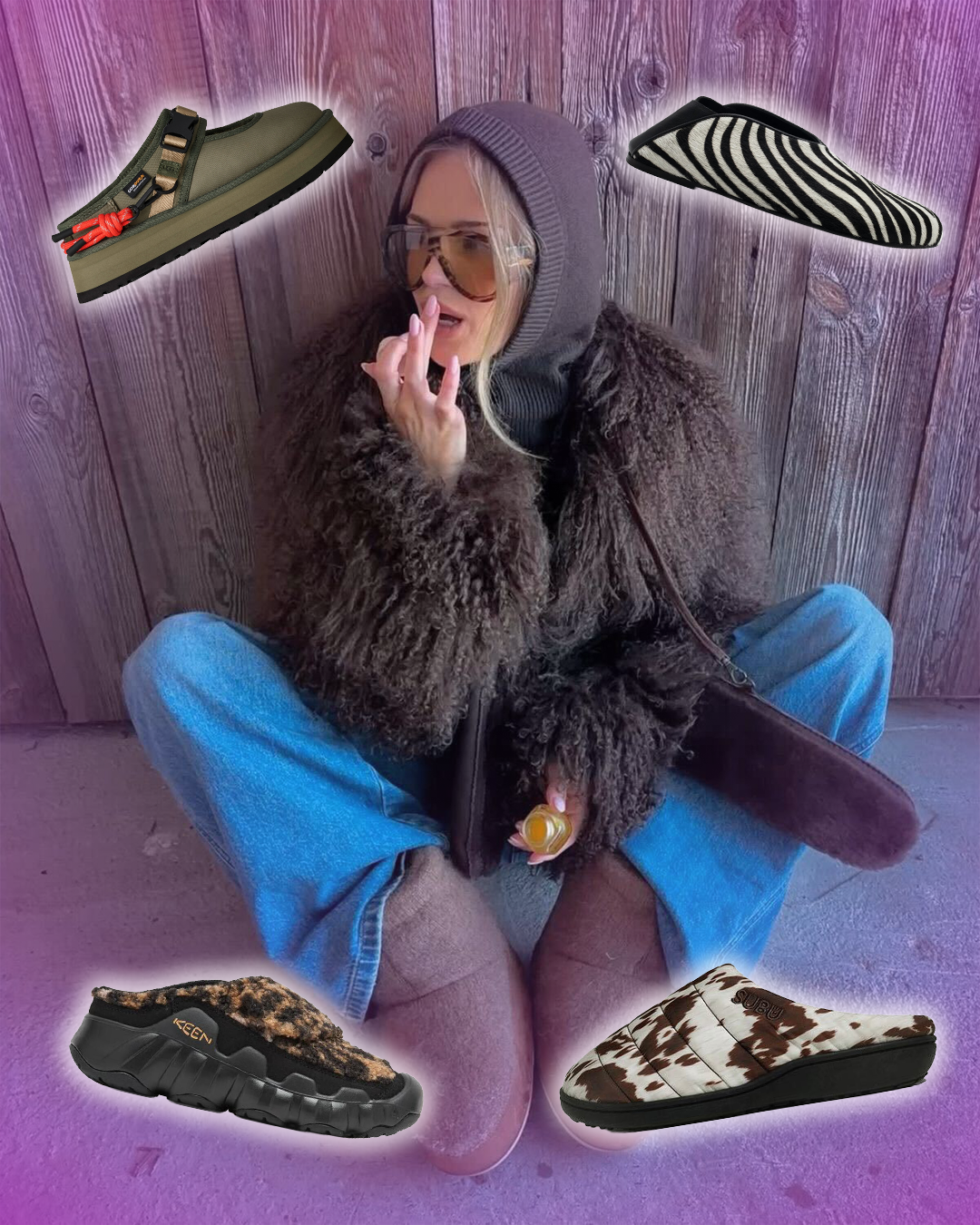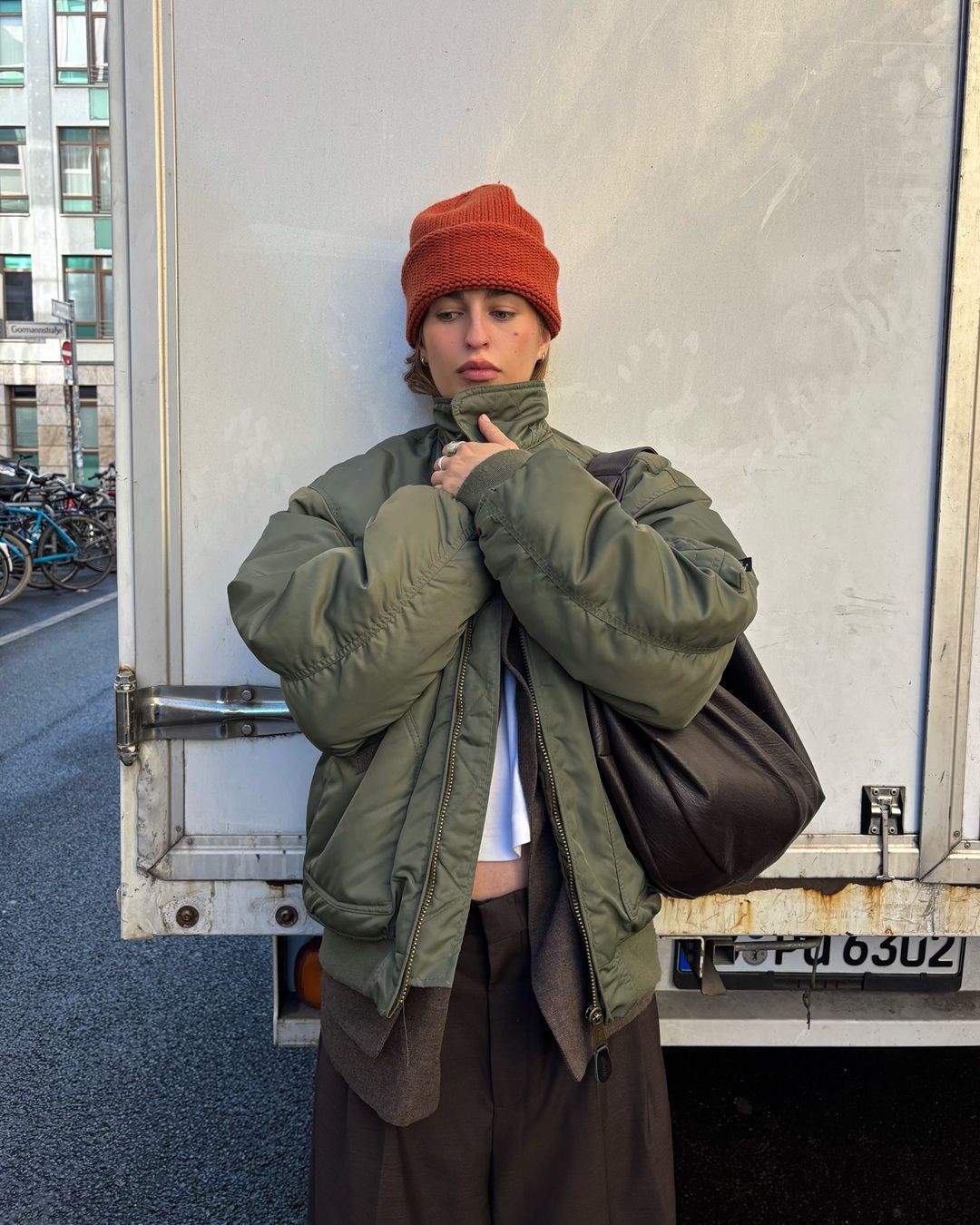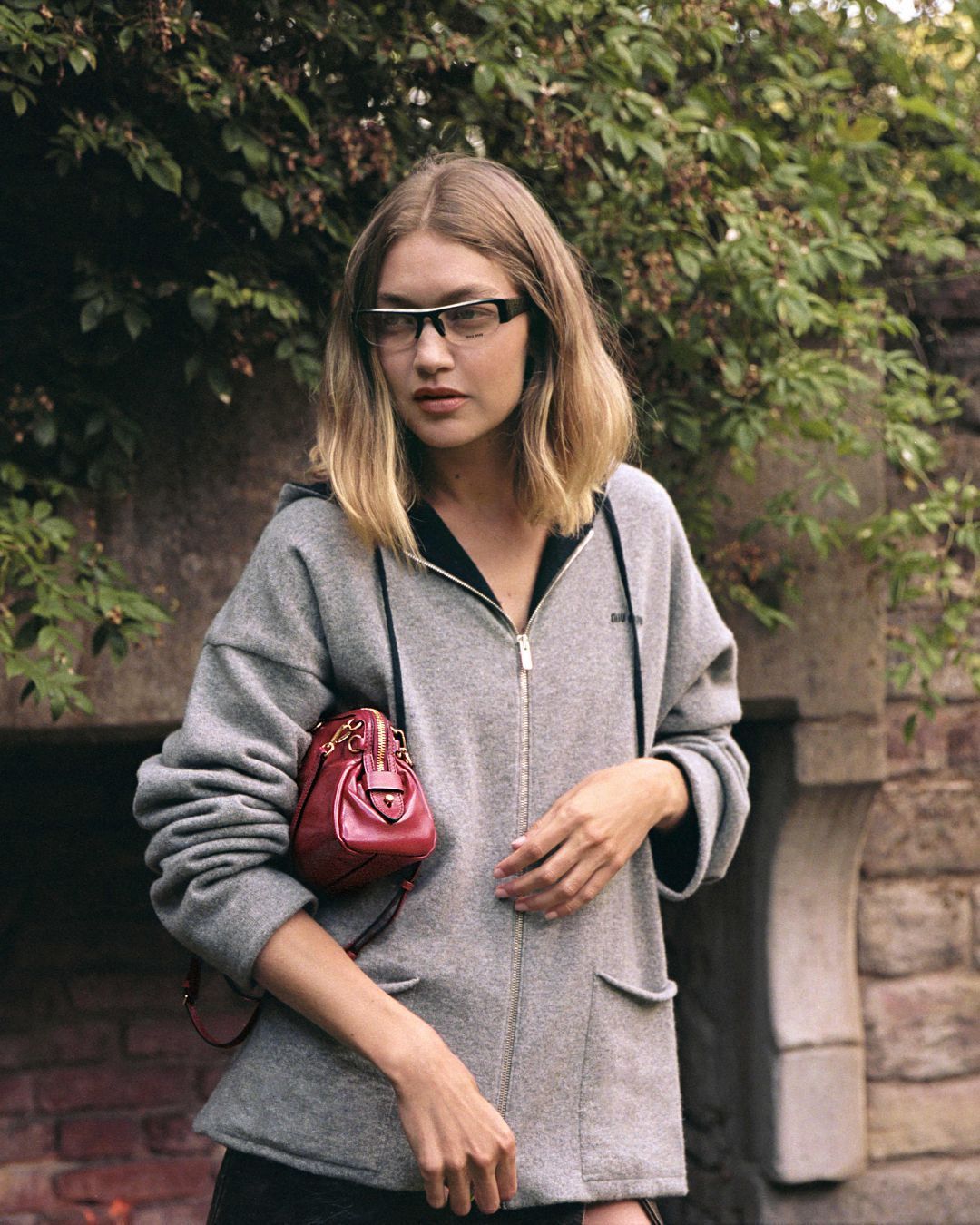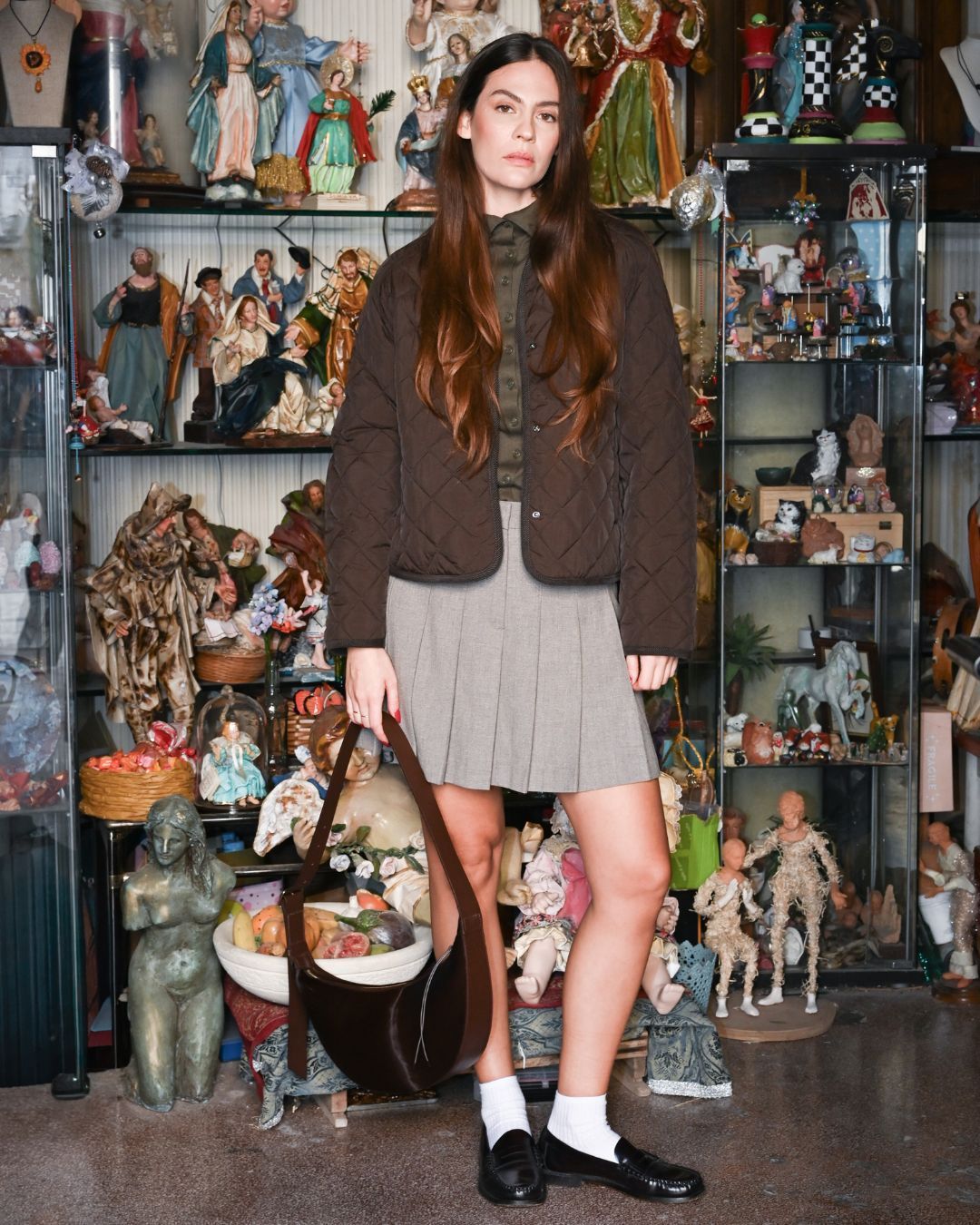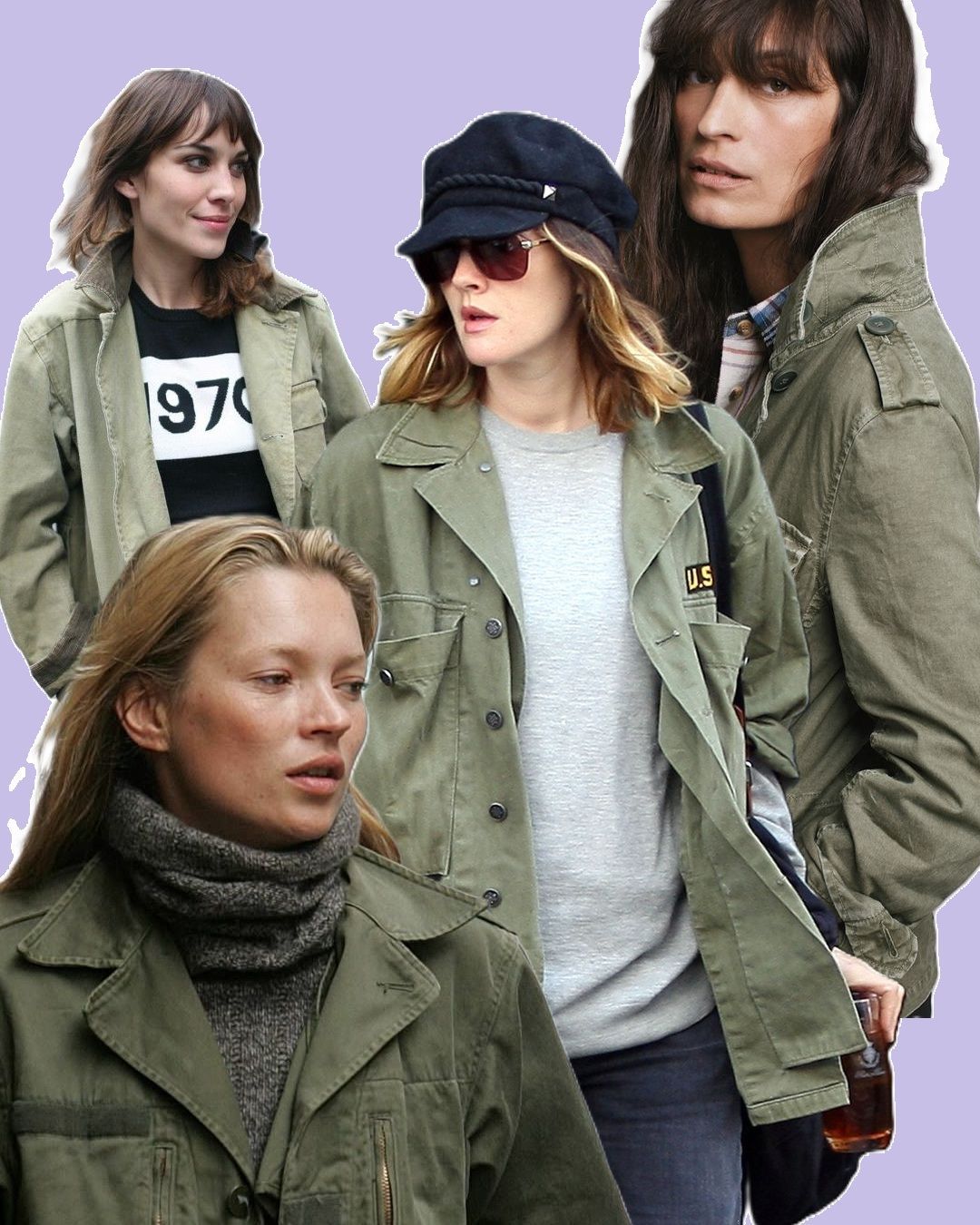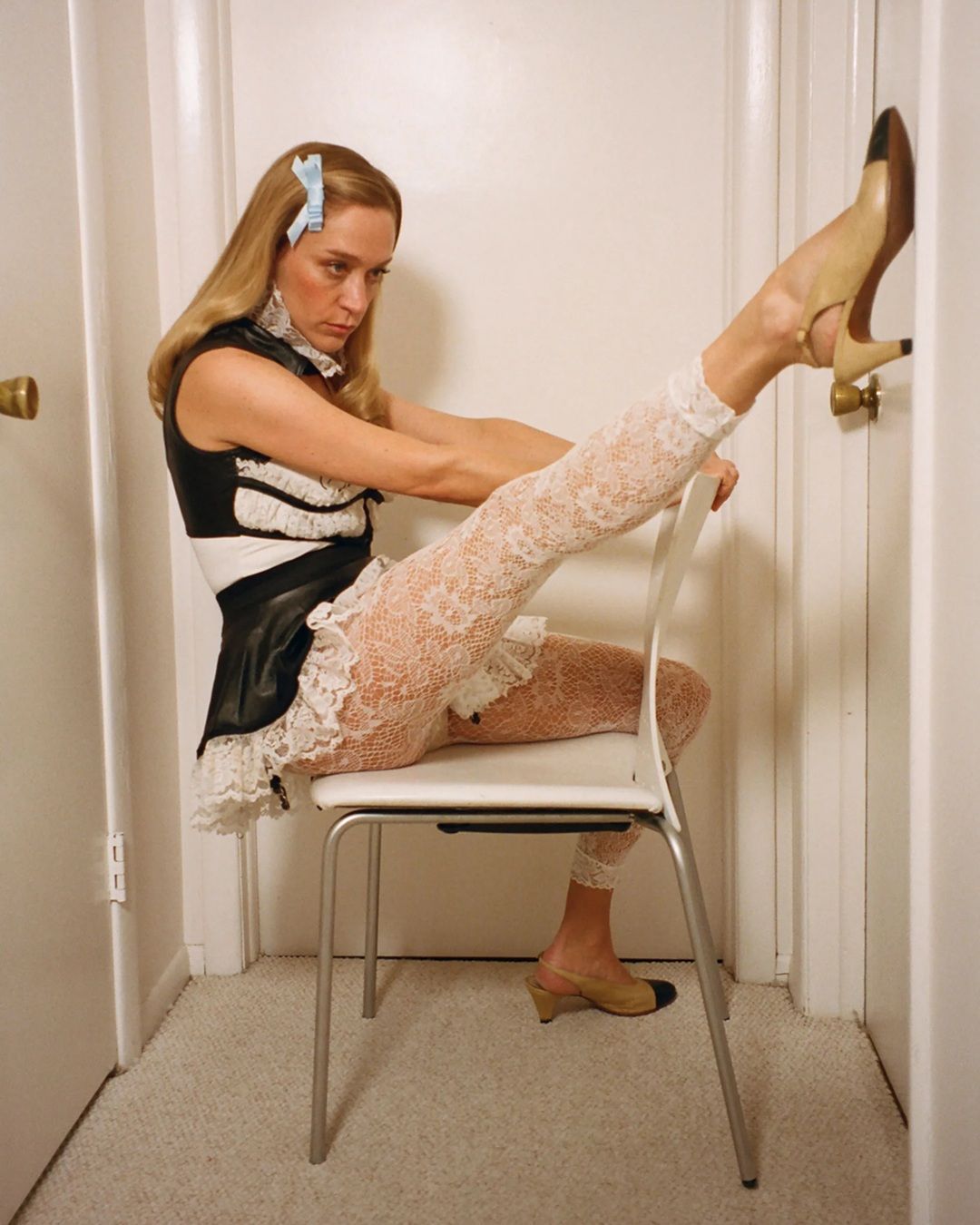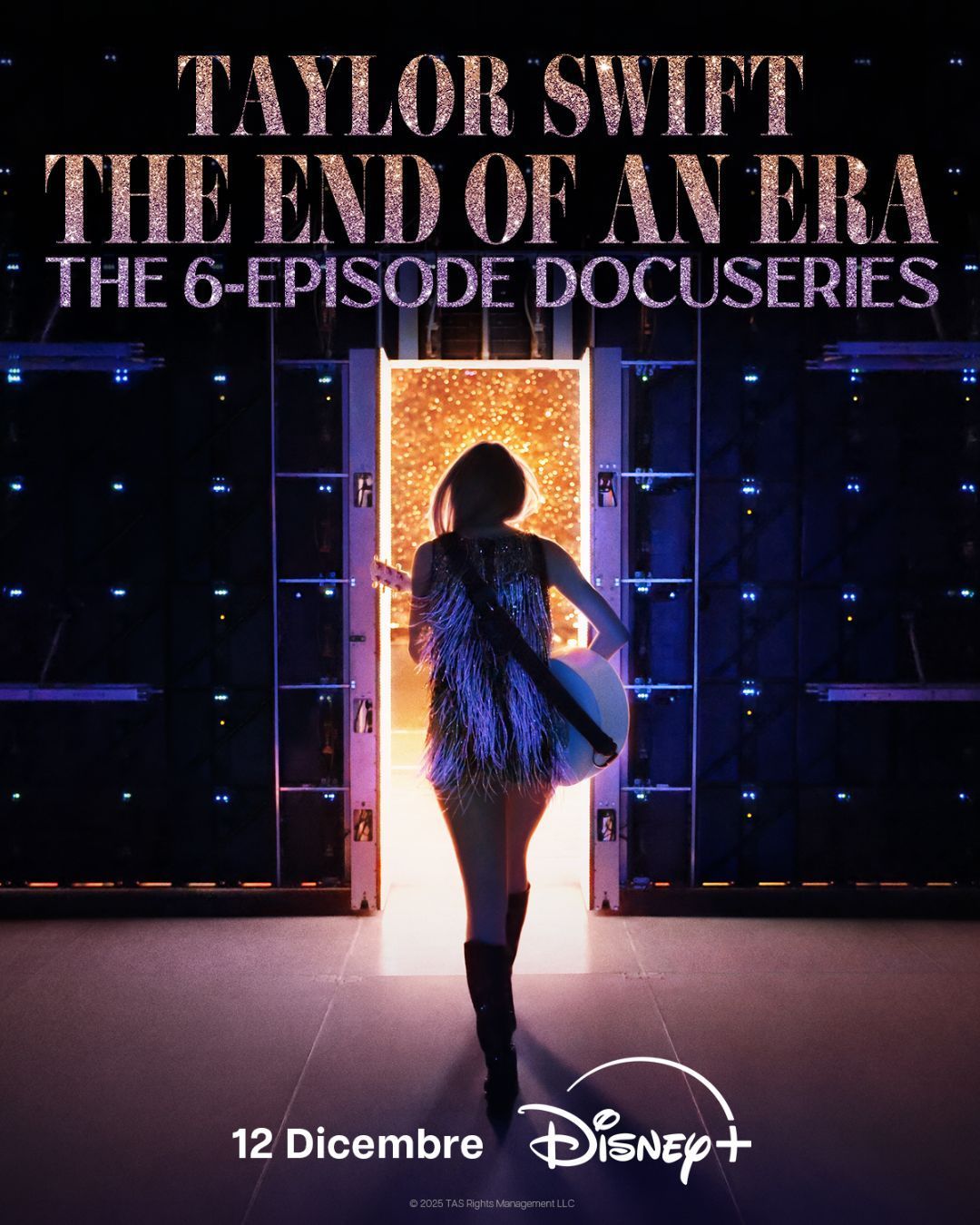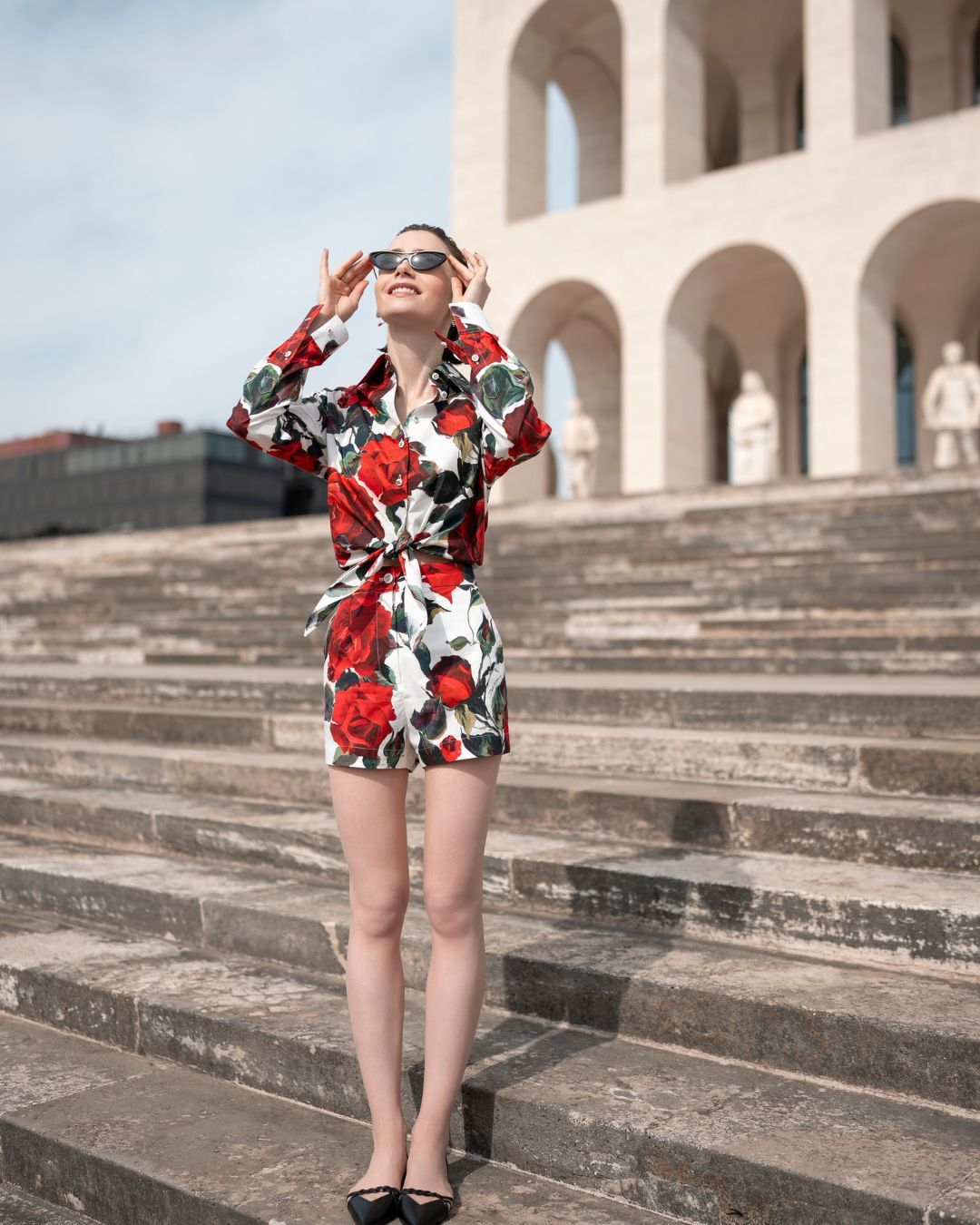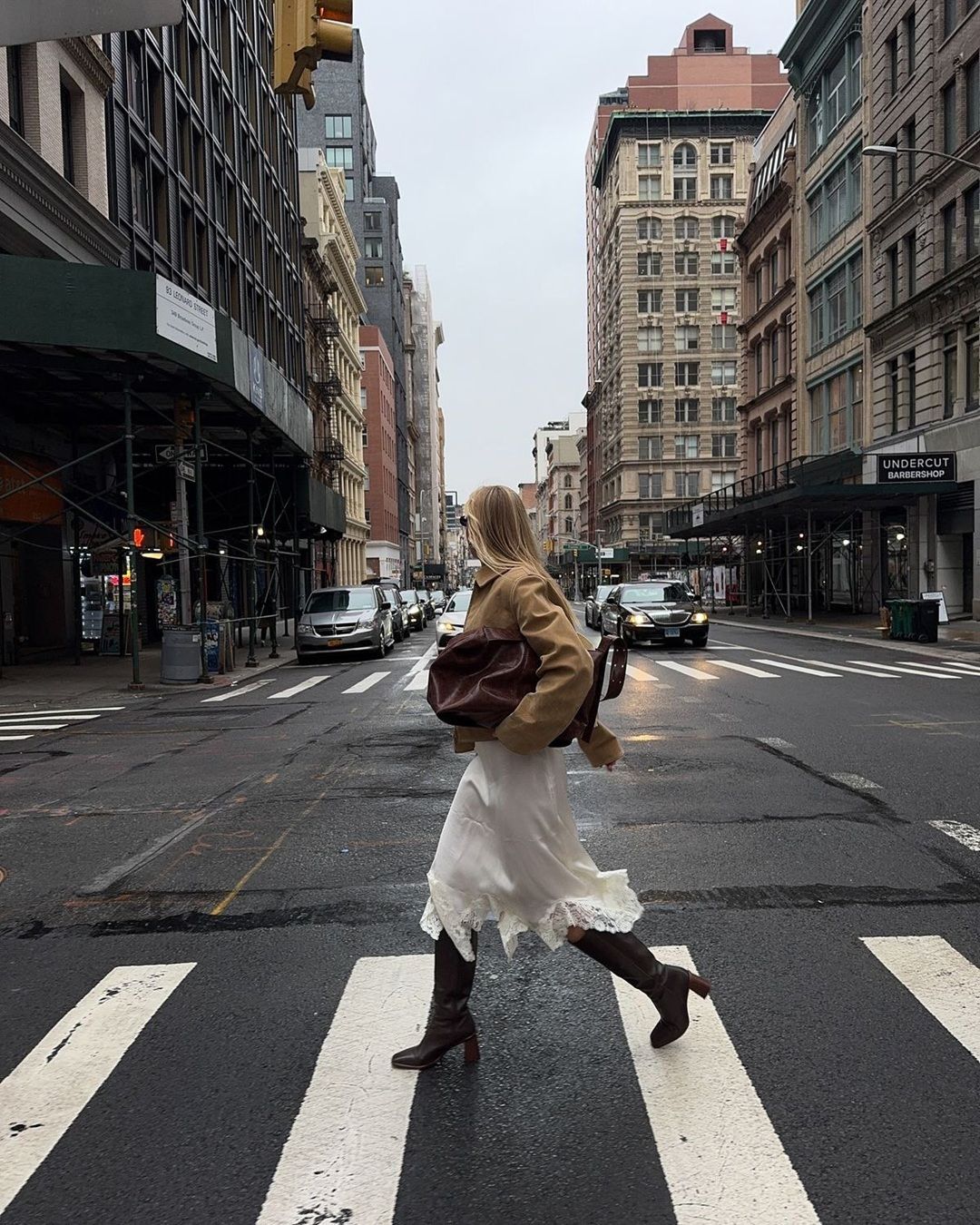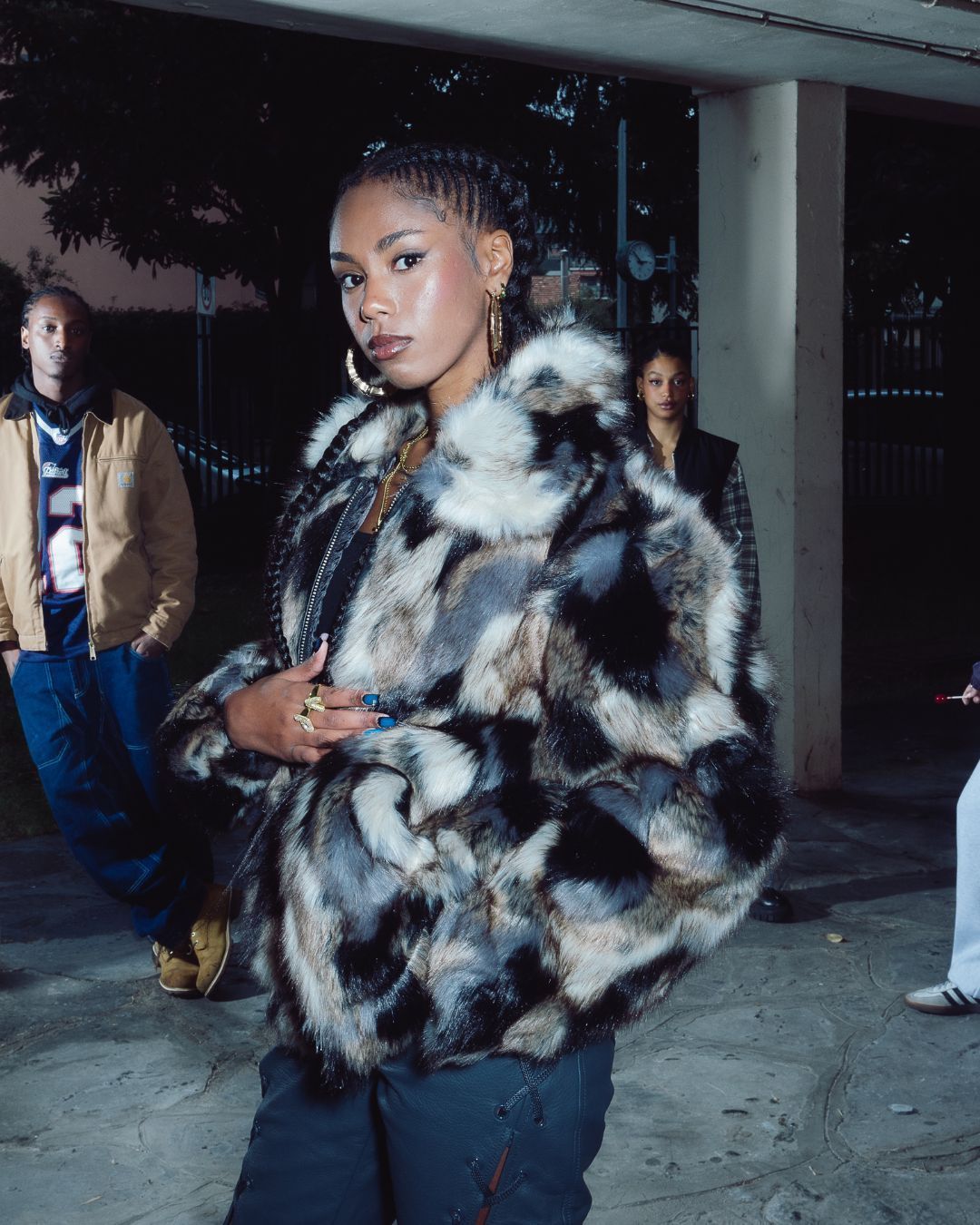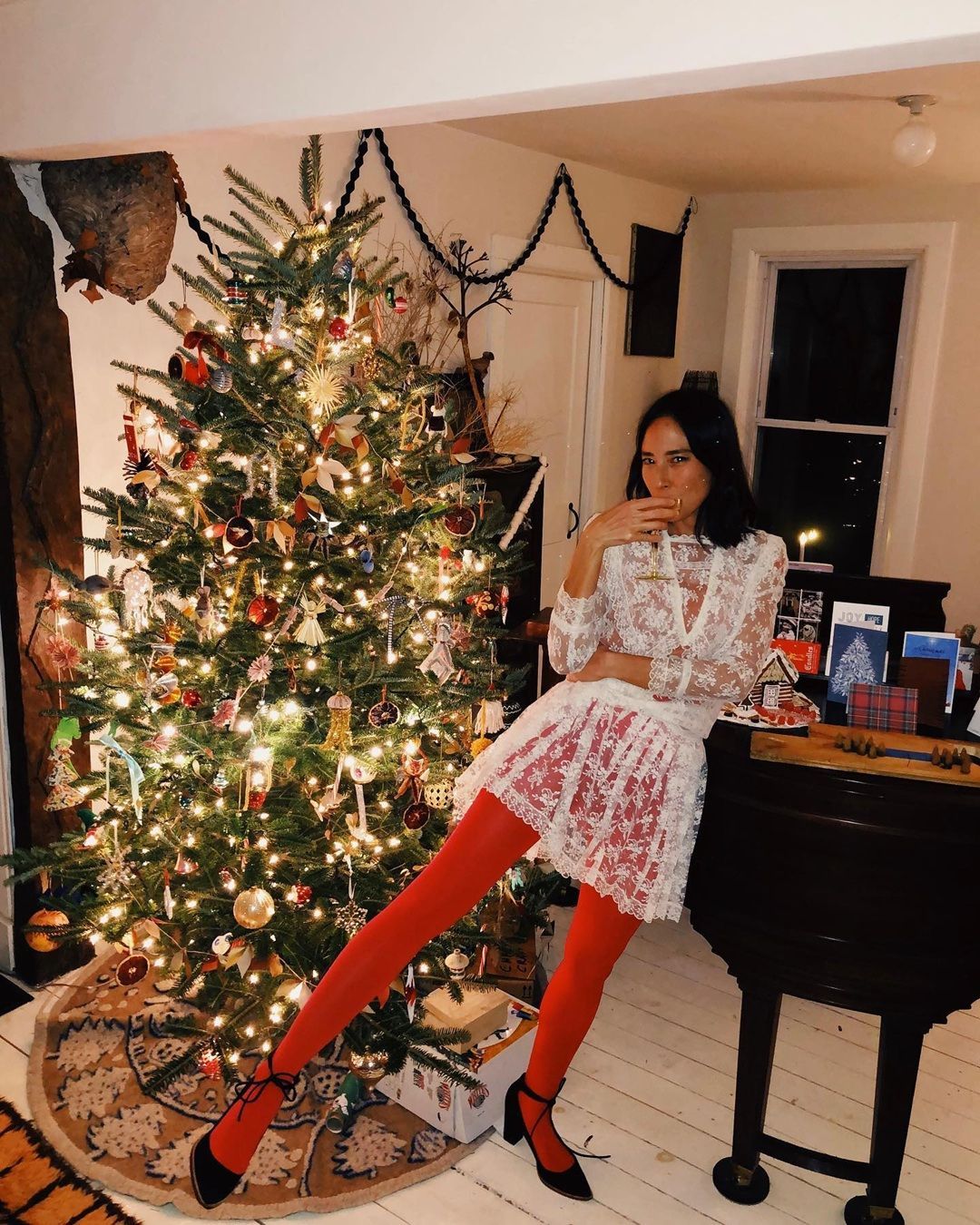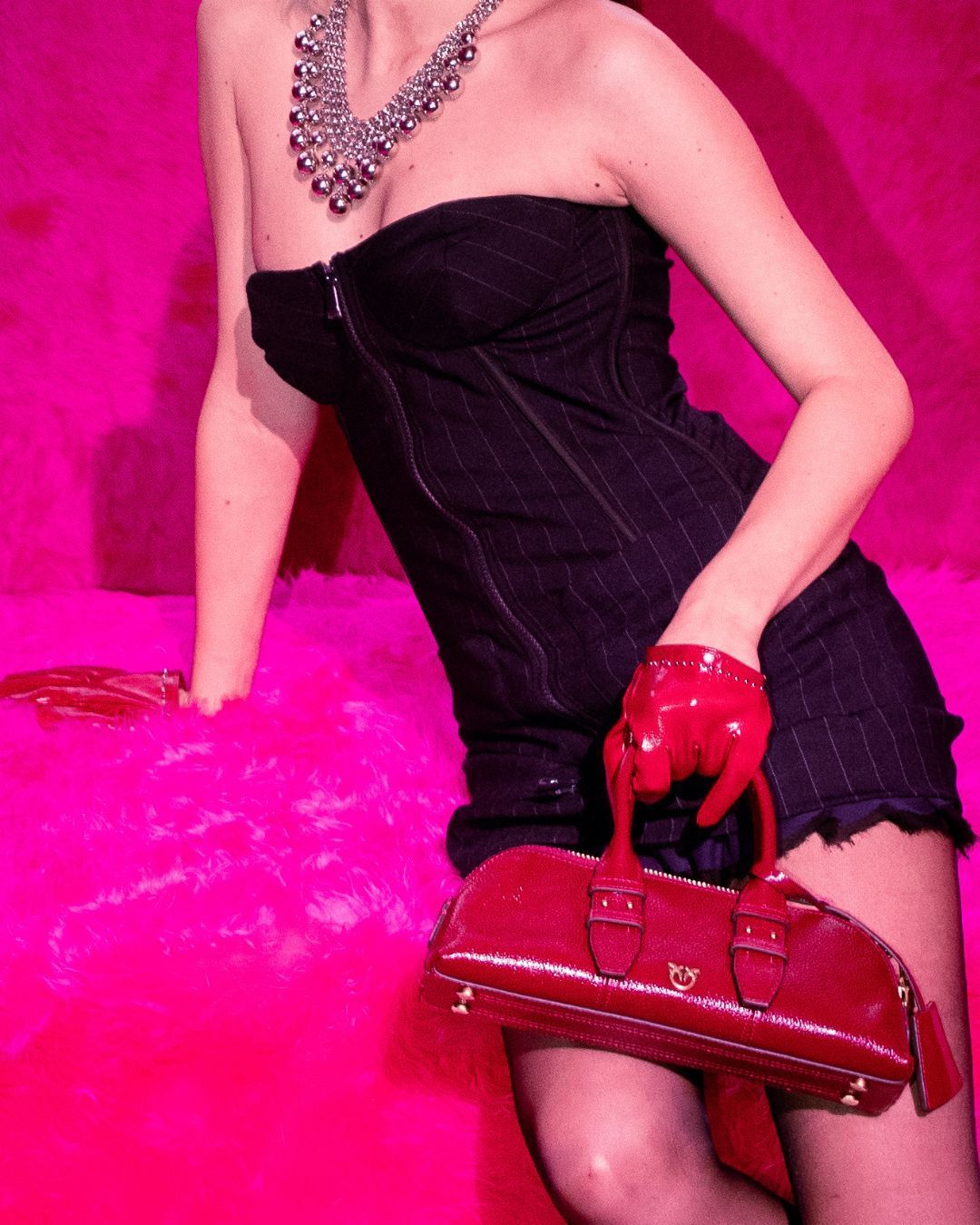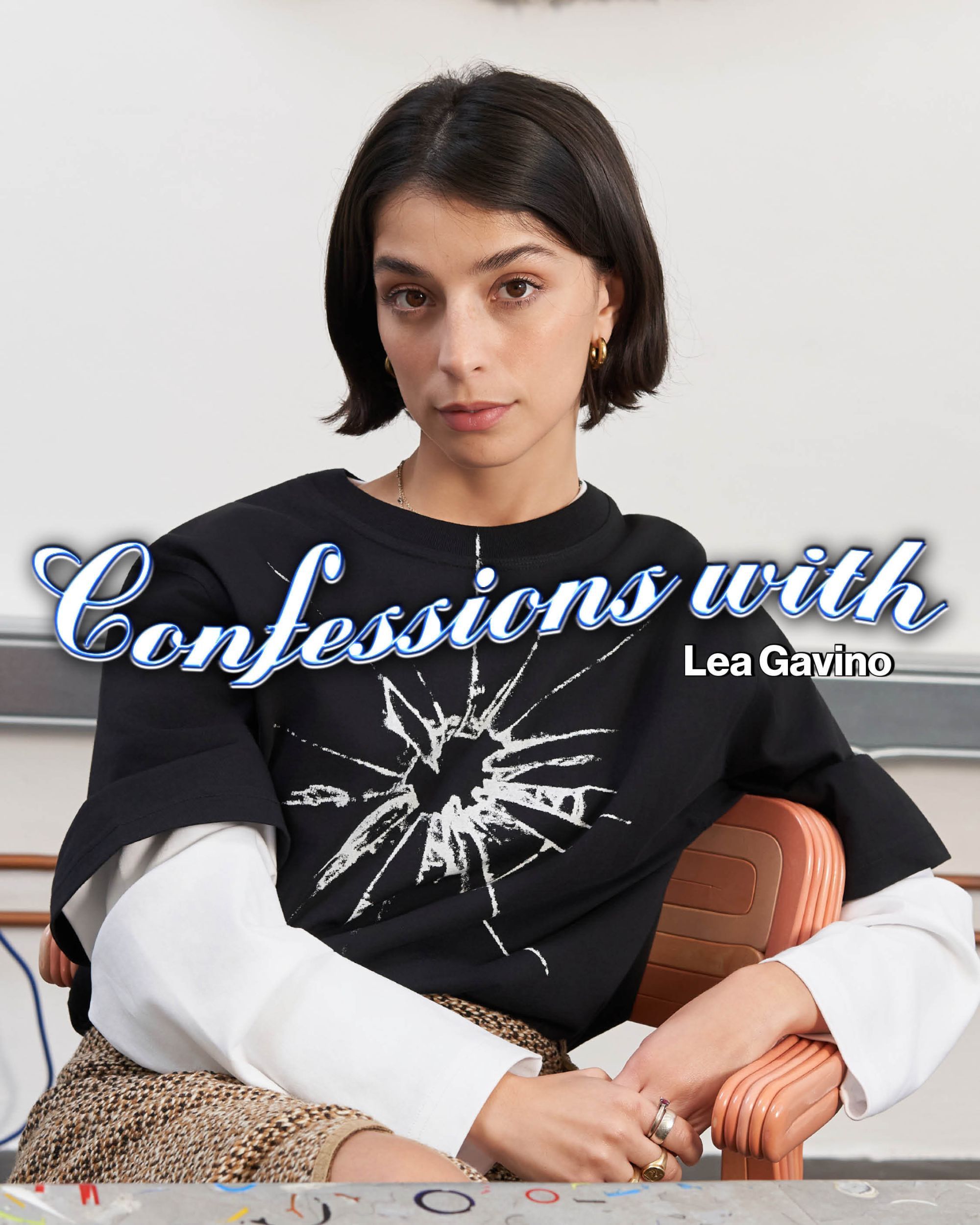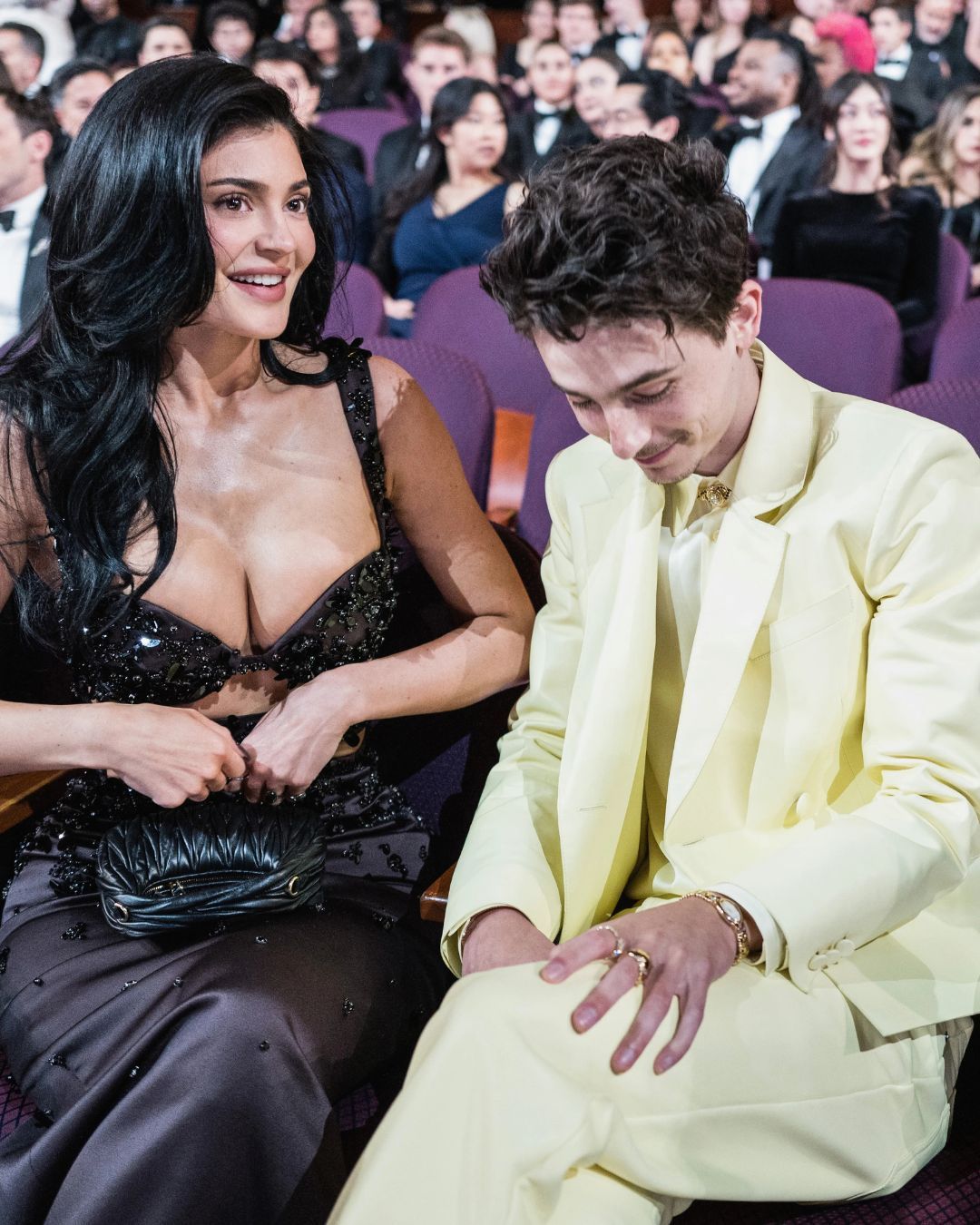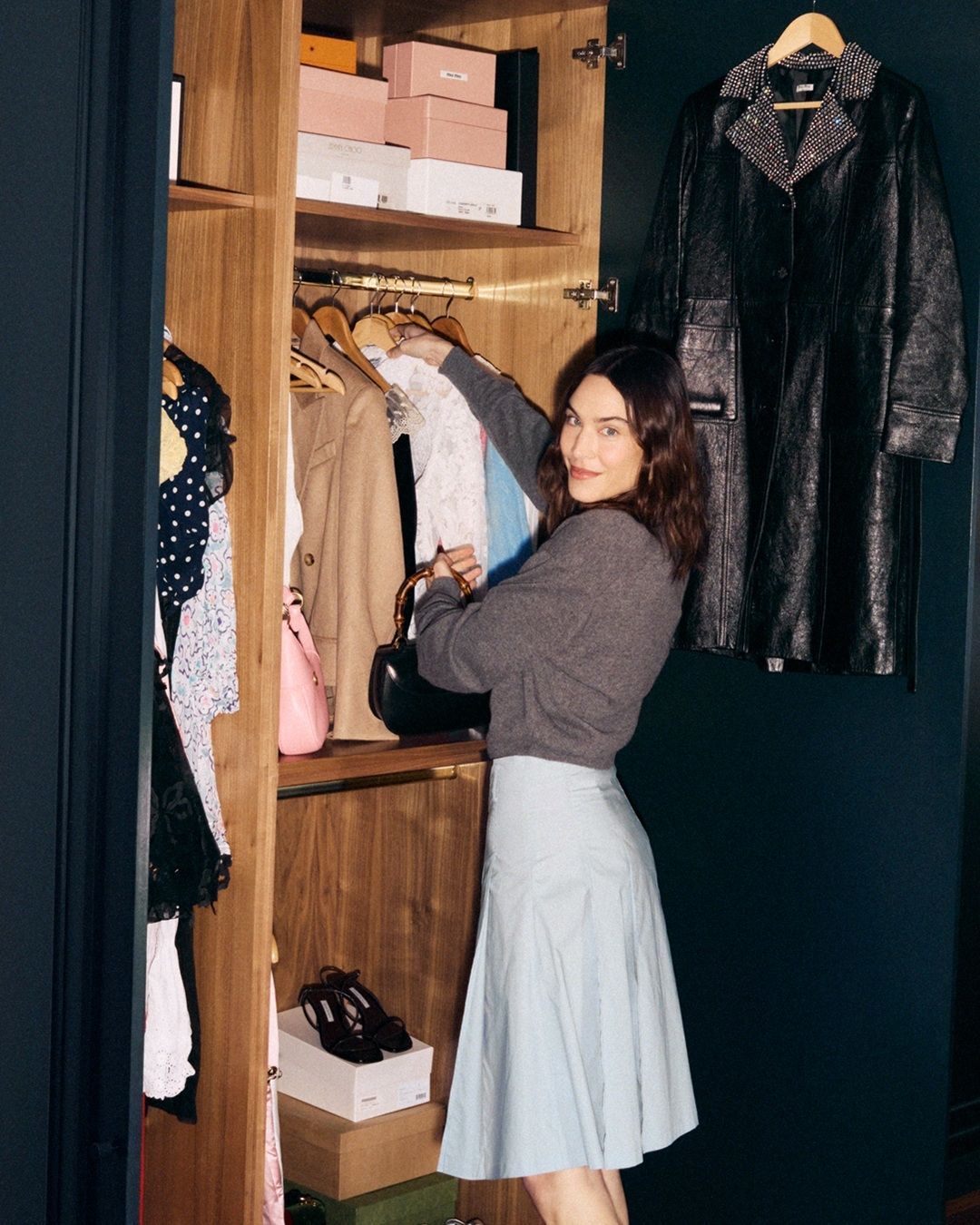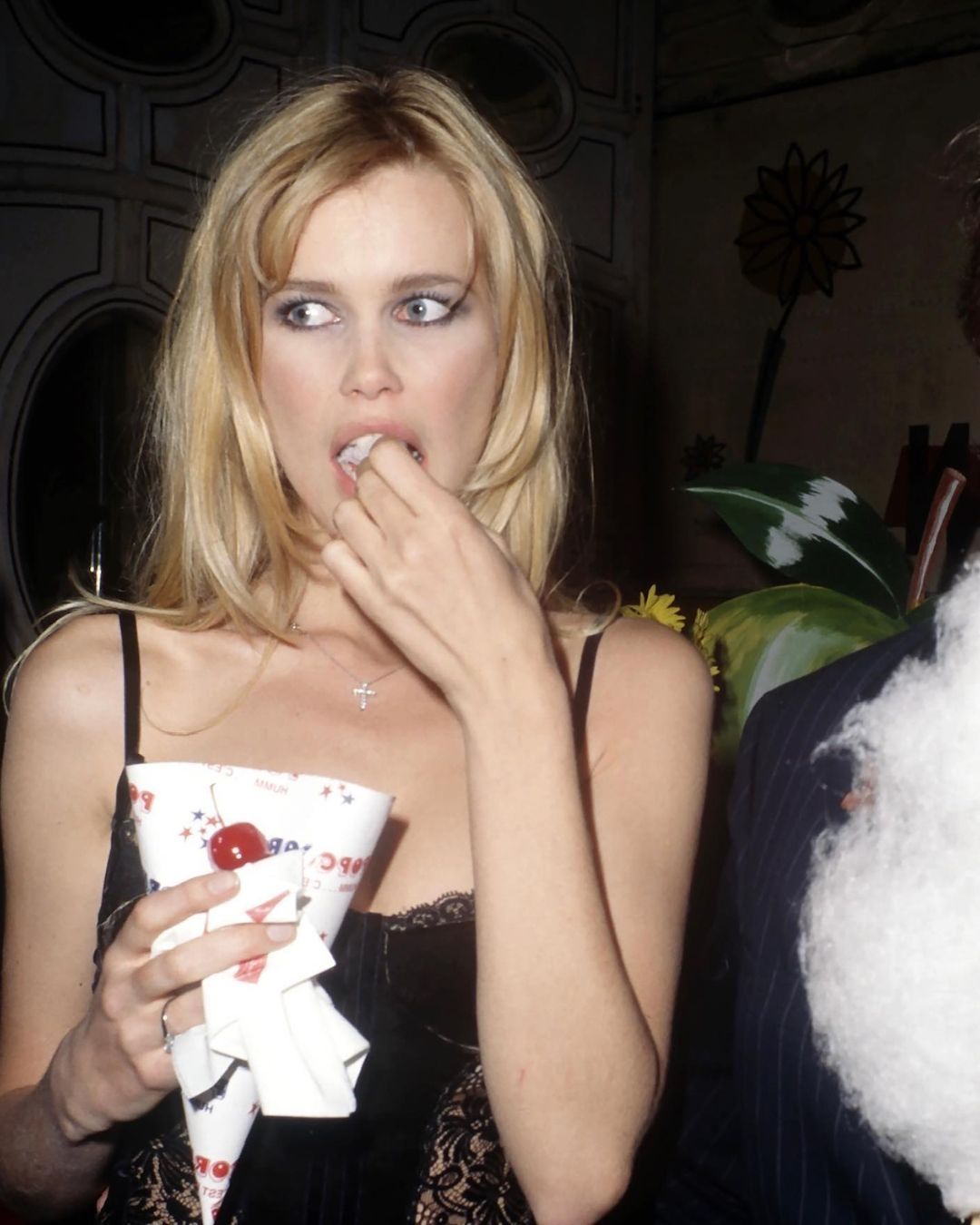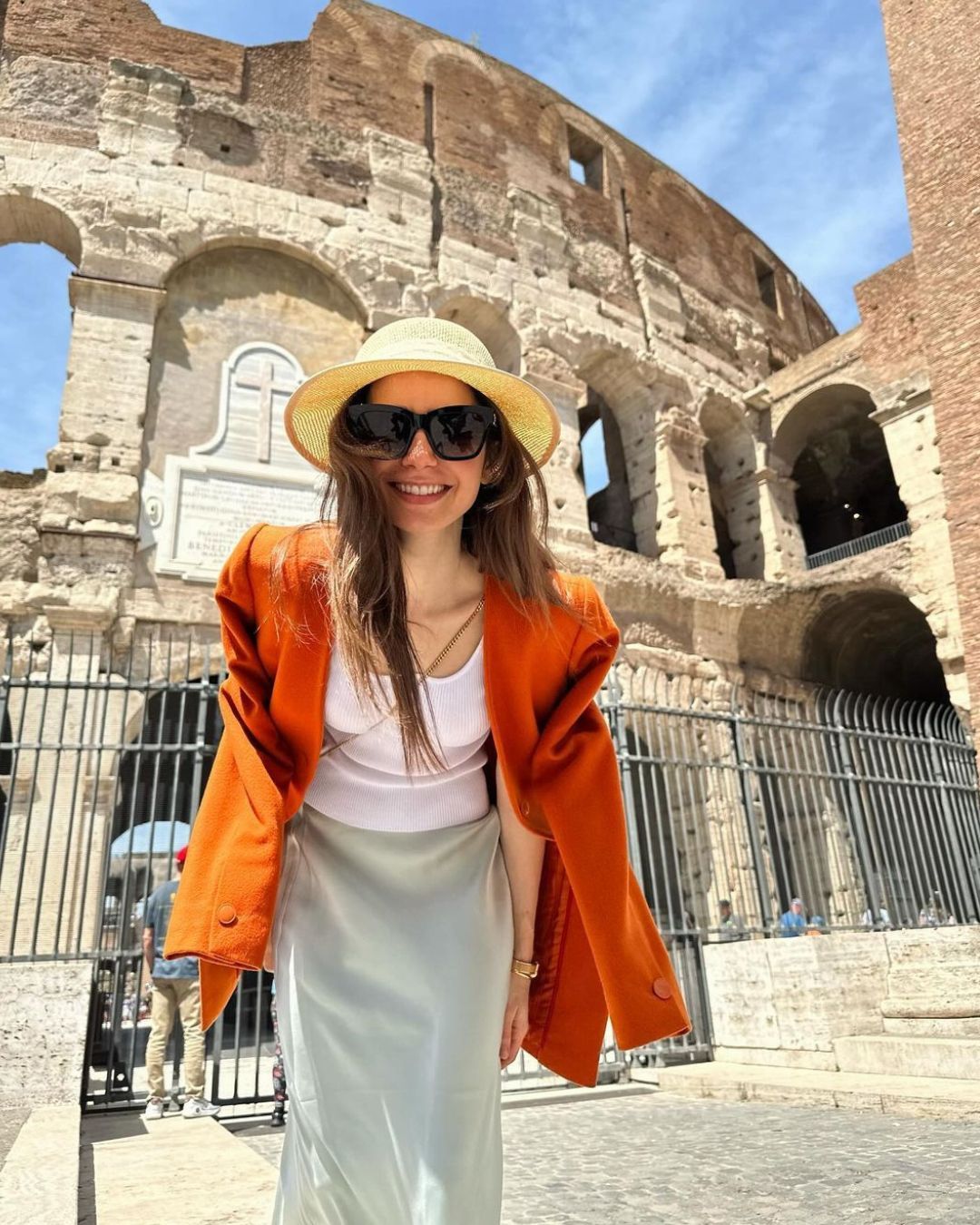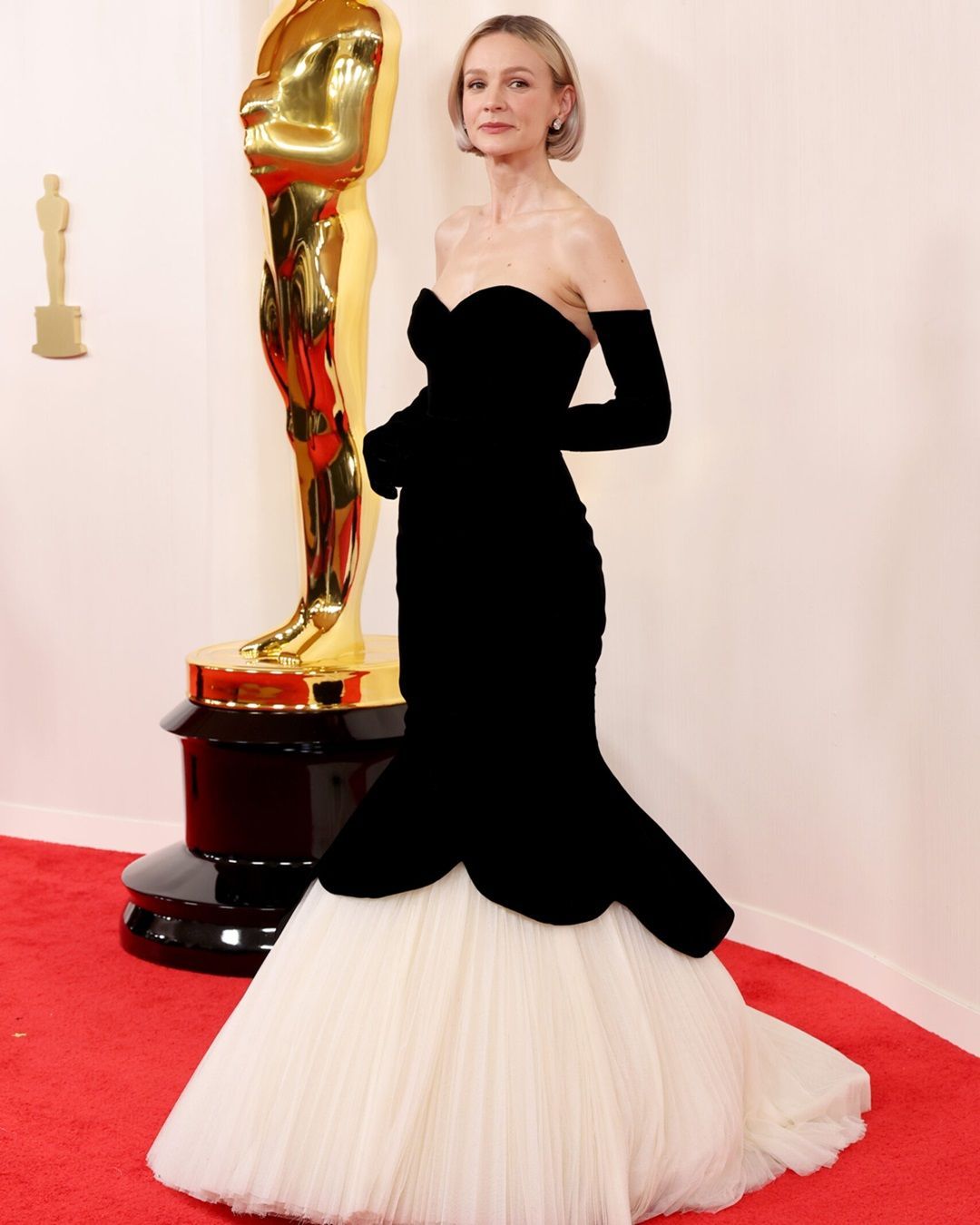
Pre-loved is becoming increasingly popular Buying luxury brands can become sustainable, accessible, and without FOMO
Keeping up with new styles and trends and, more importantly, building your own identity can be complex, expensive, and unsustainable. Fast fashion has accustomed us to new collections every month - if not every week - and affordable fashion has increasingly become a faded copy of prêt-à-porter (reaching its peak with sites like Shein, which simply reproduce others’ designs with poor quality). Social media and the rise of content creators have only amplified this constant and somewhat frantic desire for novelty, while making luxury items appear more accessible than they truly are. Luckily, there’s another way: the success of pre-loved, second-hand or vintage fashion proves it.
Buying top designer brands second-hand
Purchasing second-hand clothes and accessories, especially from luxury brands, is an increasingly popular trend. This is confirmed by a report from Vestiaire Collective, the leading global platform for pre-loved luxury fashion, which “highlights how resale is no longer a secondary option” and is now “driving how consumers access and engage with branded and luxury fashion,” as stated by Sophie Hersan, Co-Founder and Fashion Director at Vestiaire. Over the past five years, Vestiaire Collective has seen a 220% increase in vintage listings, and the number of searches in this category, according to the platform, has multiplied by five, reflecting growing demand for quality and variety. Whether it’s searching for a specific item or scoring archive pieces at a bargain, for some it’s become a true hobby or even a job. On TikTok, we’ve seen a surge in thrift haul videos, as well as small businesses on social media that sell curated vintage or pre-loved selections to their followers.
The most coveted brands in the vintage market
Then there are platforms like Vinted, Depop, eBay, and Vestiaire Collective itself, where you can buy and sell independently, with varying levels of verification and control. But which brands are the most sought-after? In Vestiaire’s luxury brand ranking (which evaluates brands with the best resale value), Chanel tops the list with the highest number of views per user, followed by Louis Vuitton and Hermès. Unsurprisingly, the undisputed leader in the luxury resale game is the ultimate accessory: the handbag. But that’s not all. According to Vestiaire Collective, the increase in resale value closely follows first-hand market trends, with a top six that includes: The Row, Margiela, Miu Miu, Alaïa, Vivienne Westwood, and Loewe. These are some of today’s hottest brands, proving to be equally in demand in the pre-loved world. Miu Miu’s resale value, for example, has jumped by 23%, likely thanks to the widespread obsession with Y2K style (think mini skirts, tiny cardigans, and low-rise pants). Trending now are soft hues like mocha mousse, blush pink, butter yellow, and icy blue; as well as silhouette changes like 80s-inspired power suits (Boom Boom aesthetic anyone?), balloon skirts, and layered preppy looks (hello again, Miu Miu).
Shopping without FOMO
As with many modern trends, the vintage craze can easily spiral out of control. No purchase is sustainable if it’s compulsive or driven by FOMO. The pre-loved market gives us a chance to explore, compare, and buy in a more thoughtful and conscious way. It should never become a race to see who can buy more at the lowest price, or who can stockpile the most vintage (or just used) pieces in their wardrobe. On the contrary, it’s an opportunity to invest in a timeless garment or iconic accessory. As with everything, it’s best to take your time... without missing out on the good stuff, of course.



